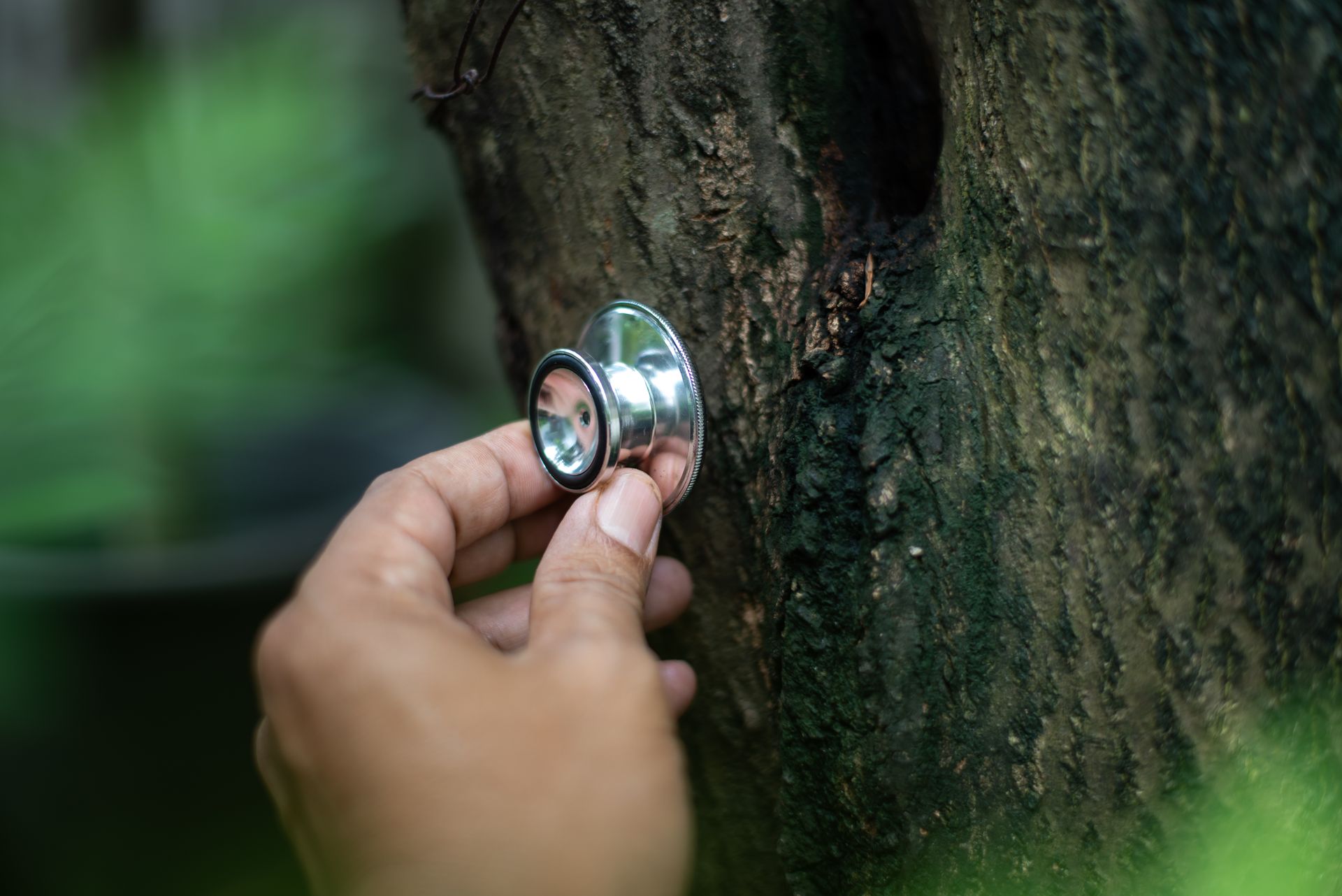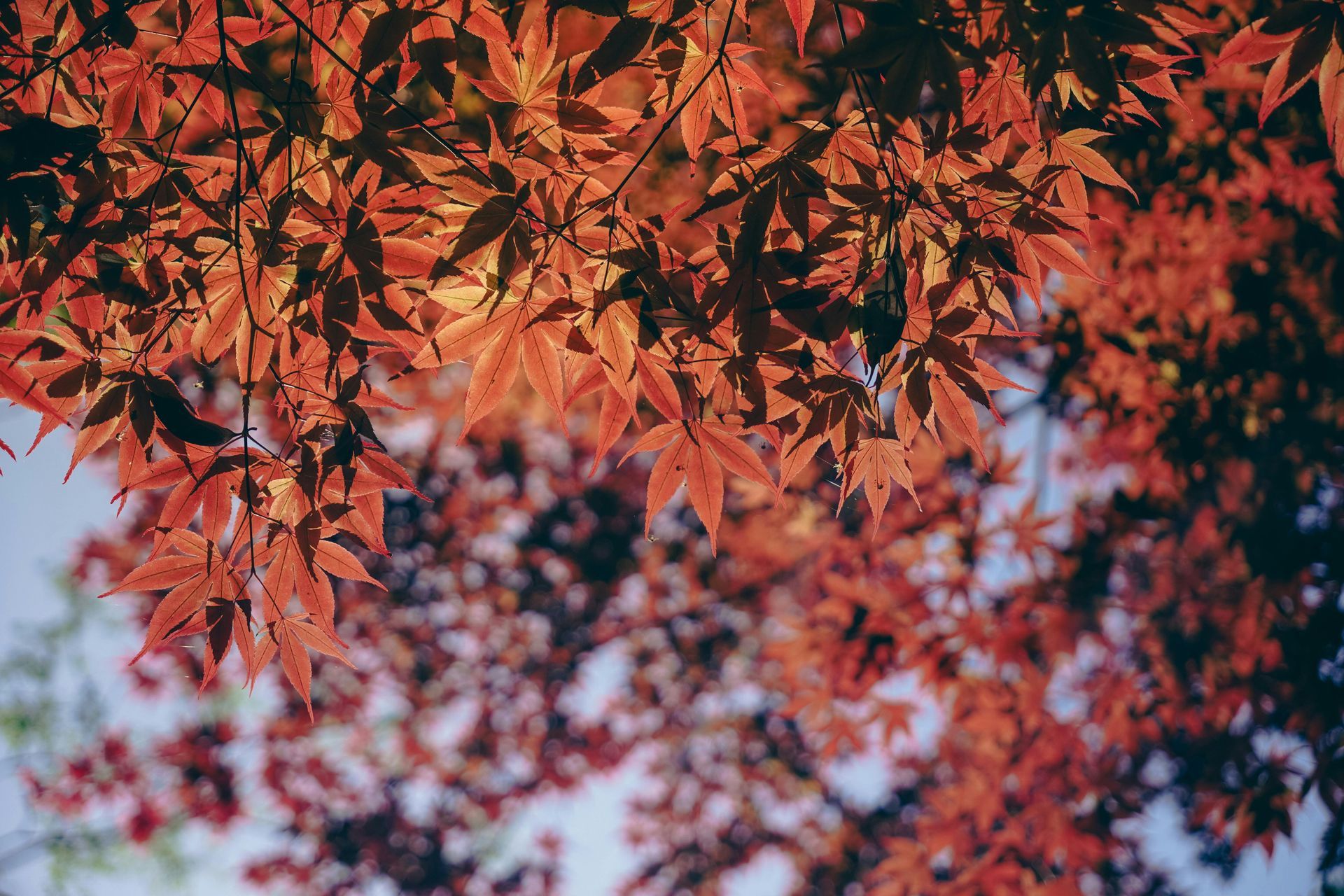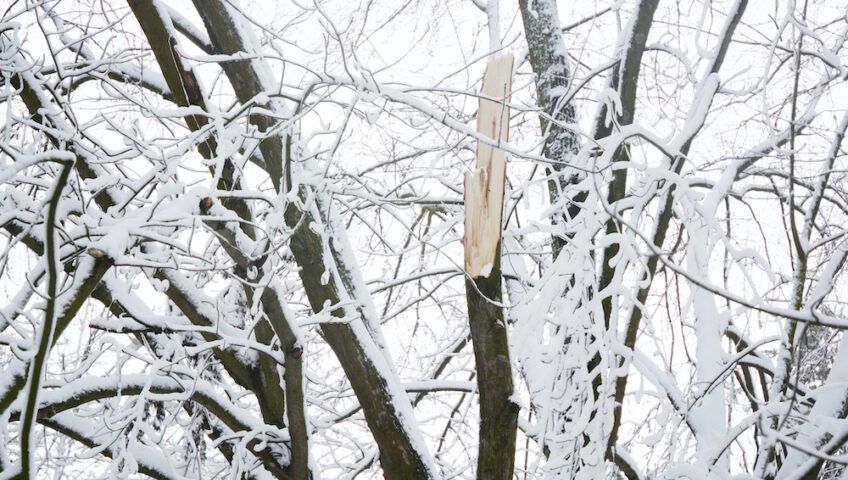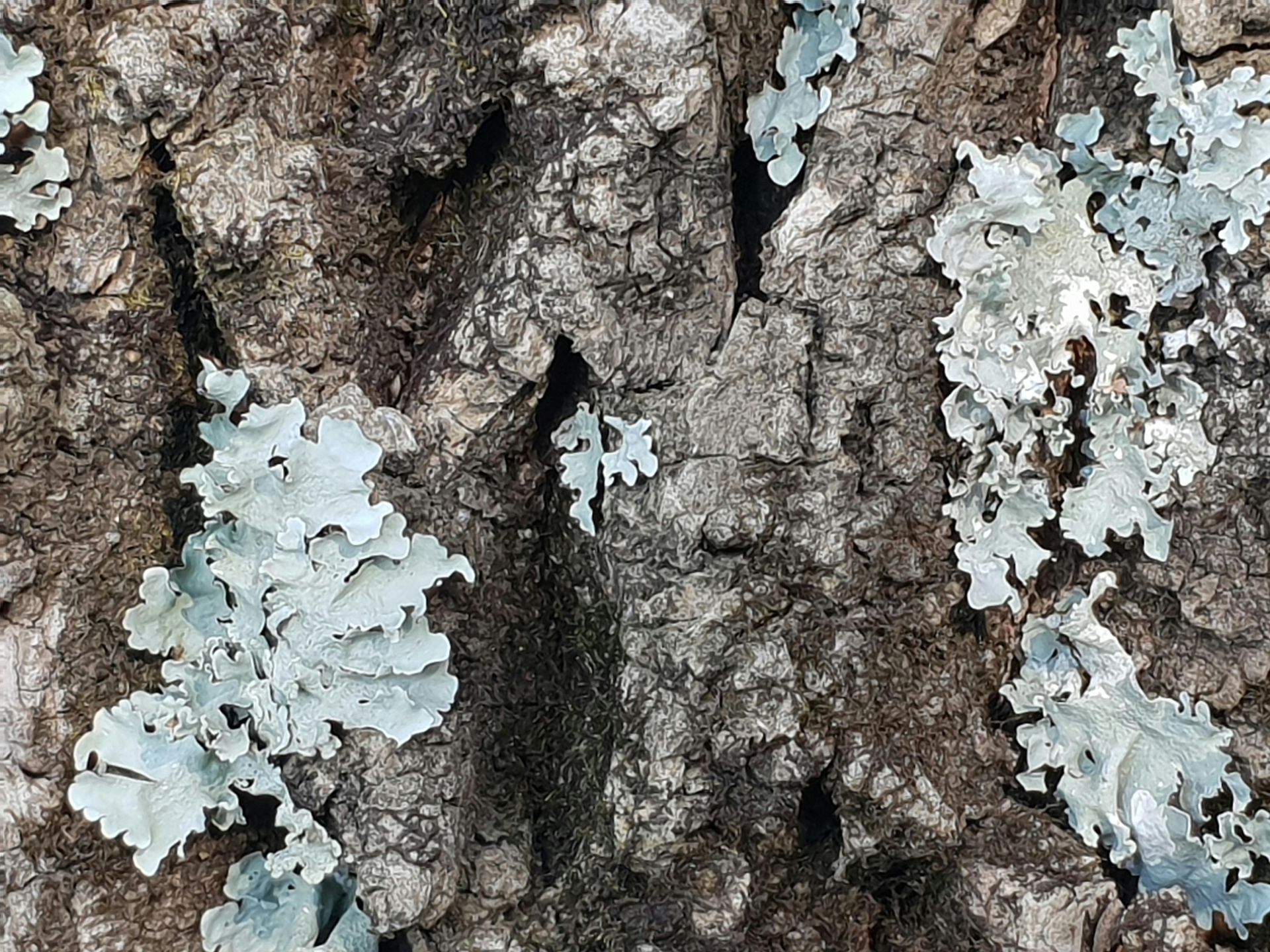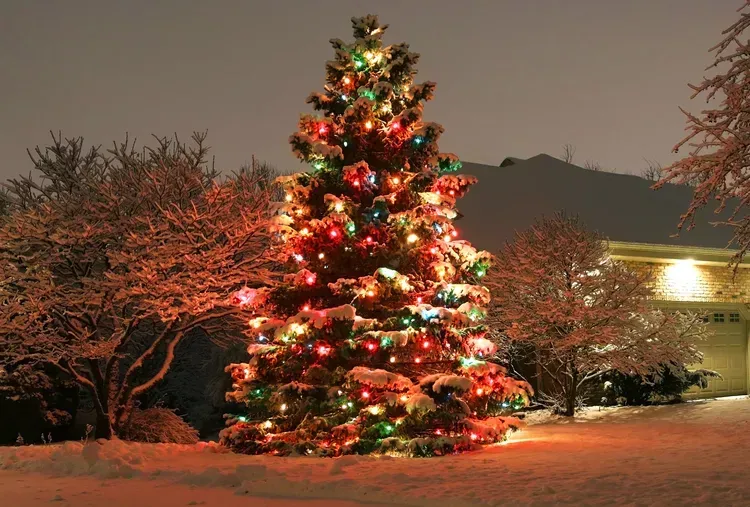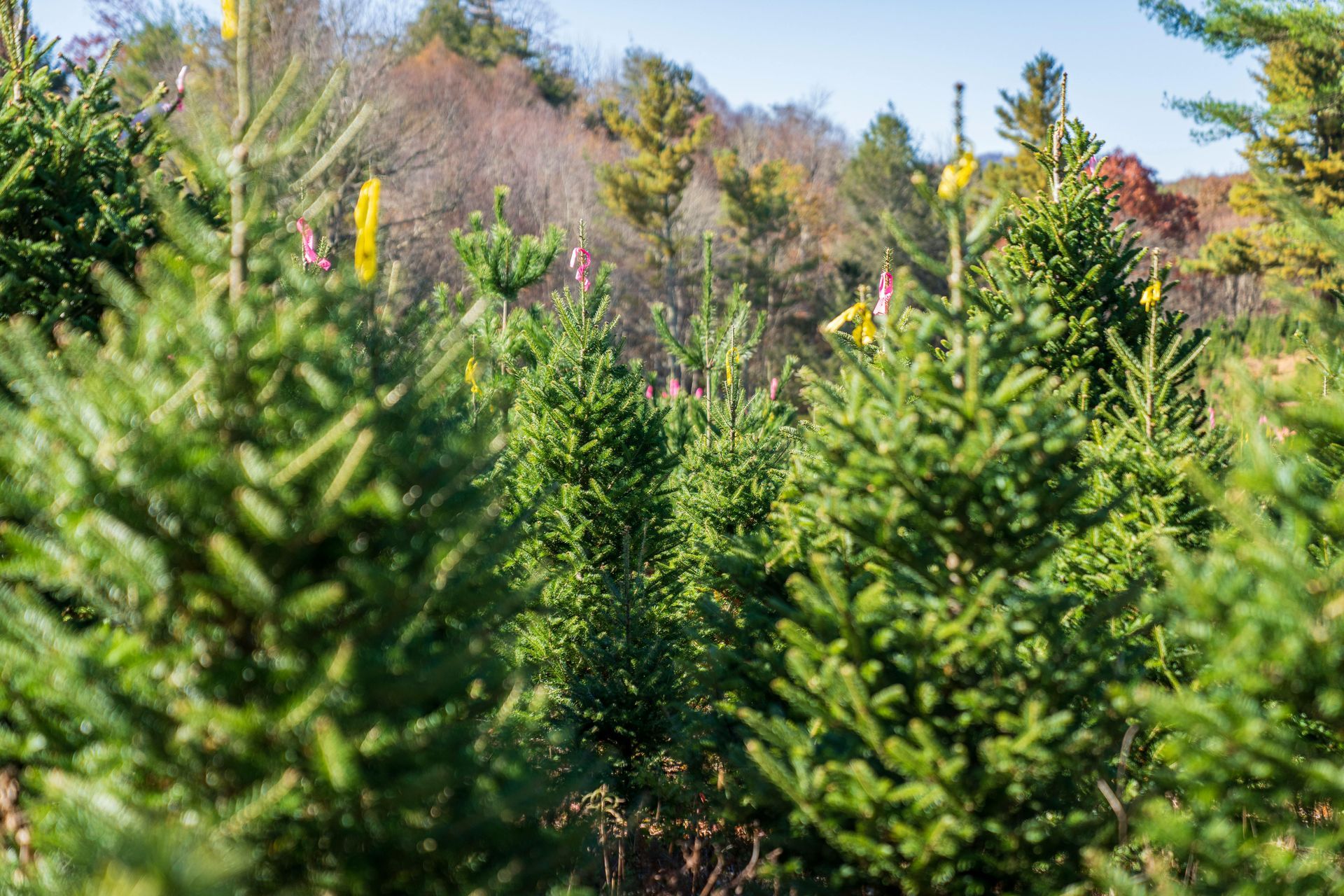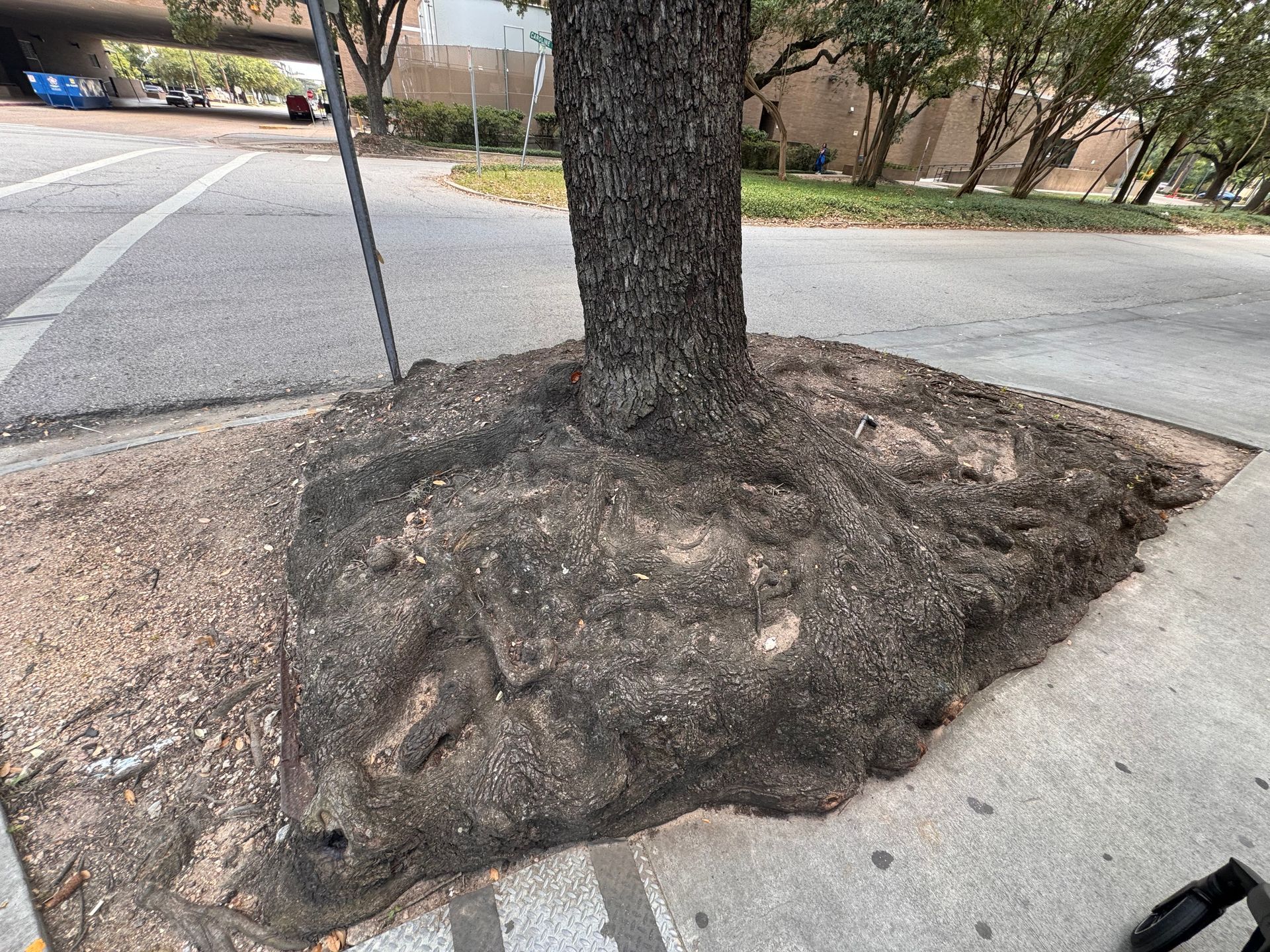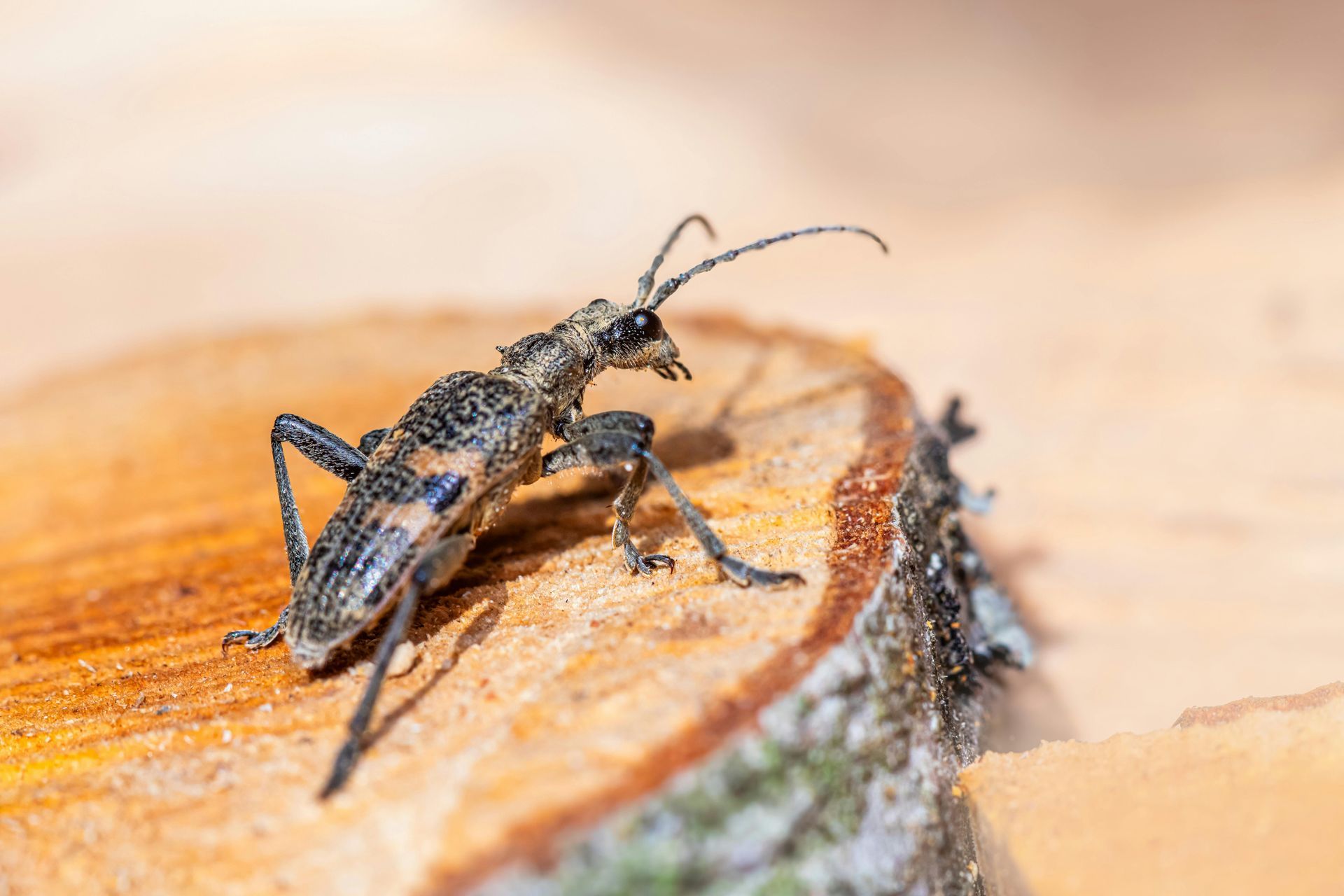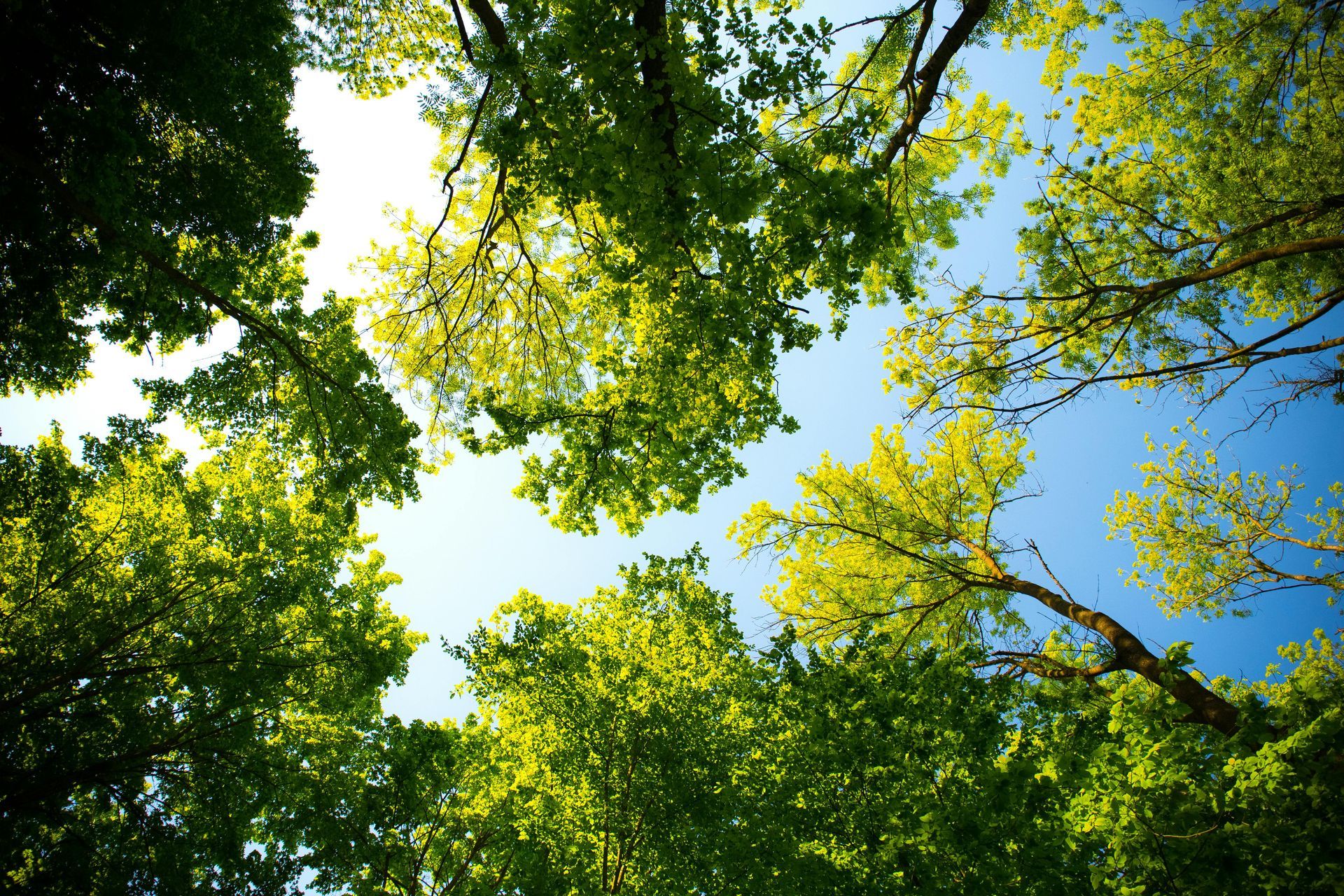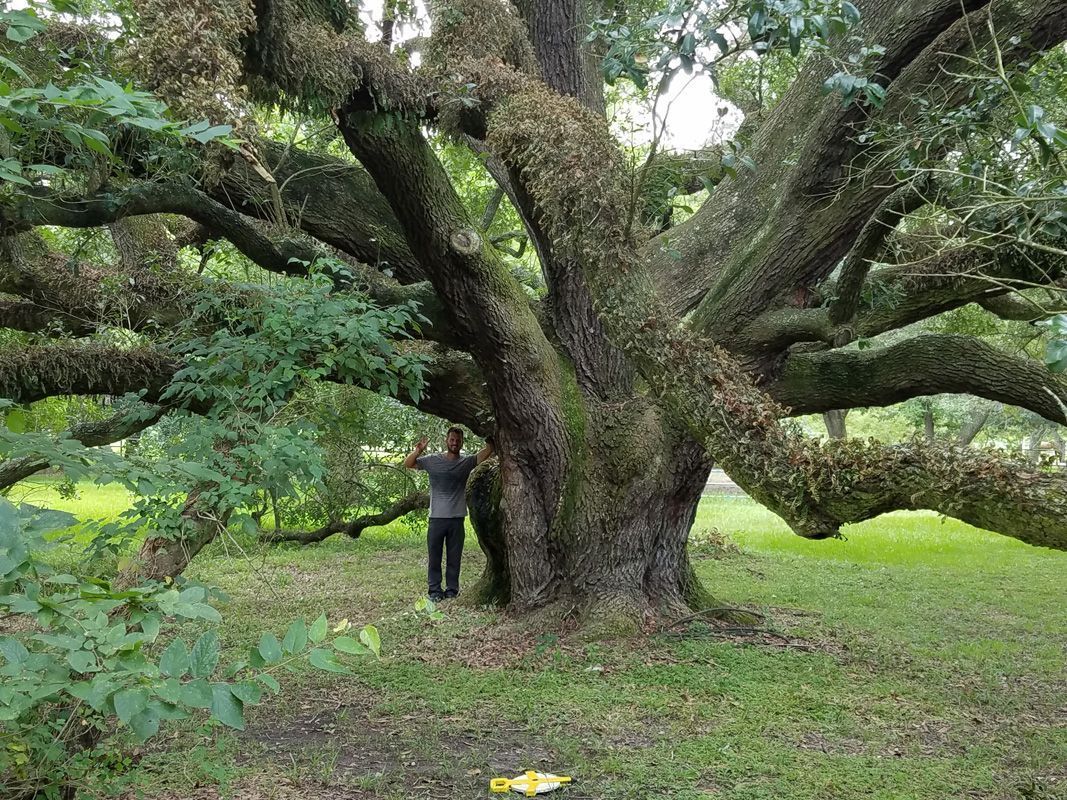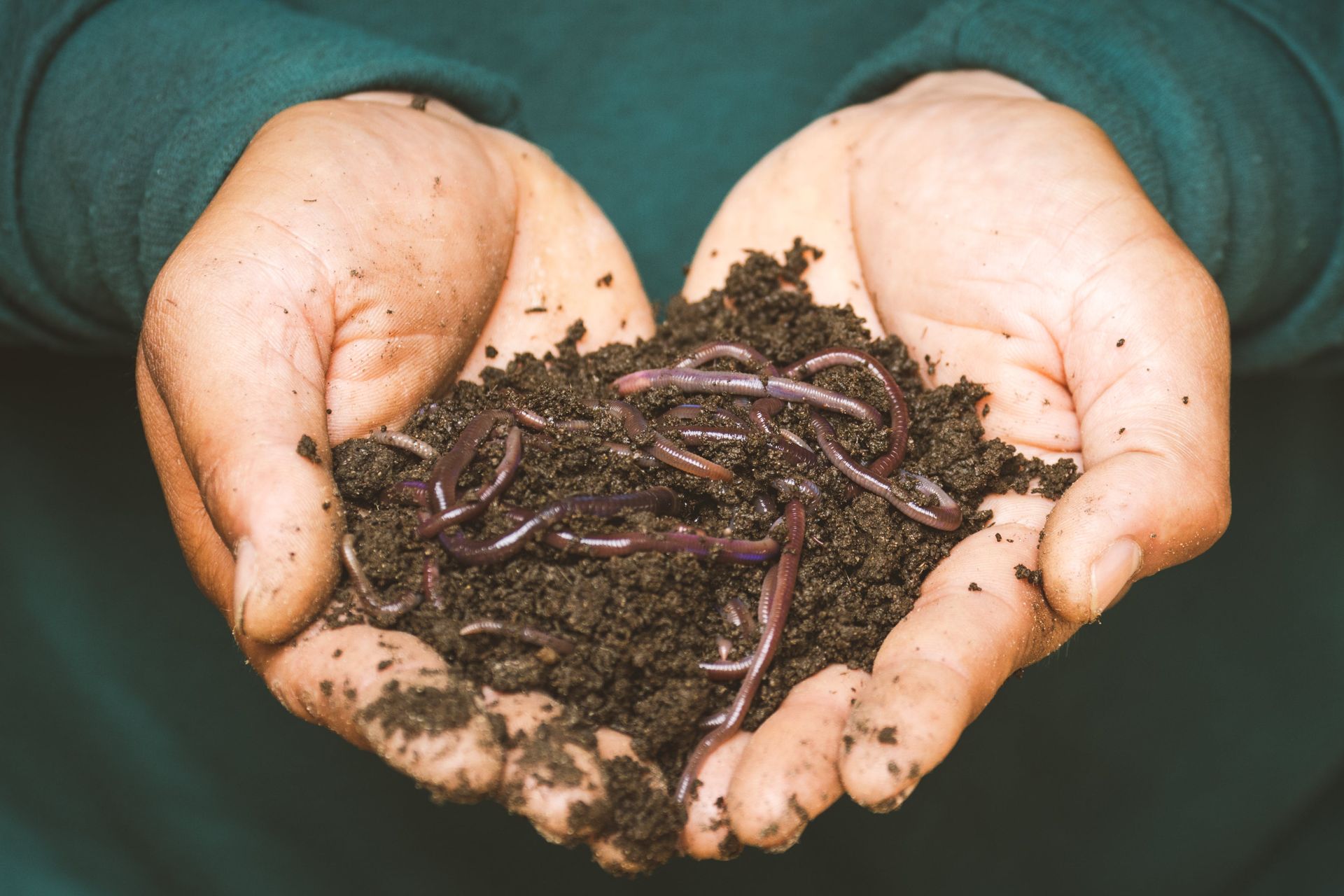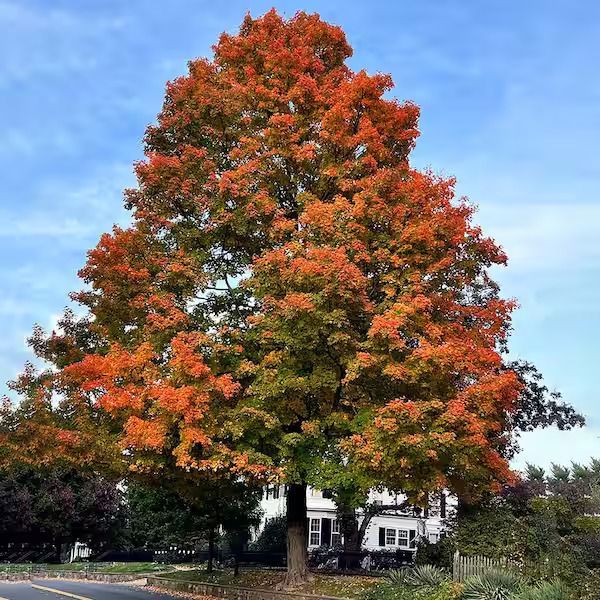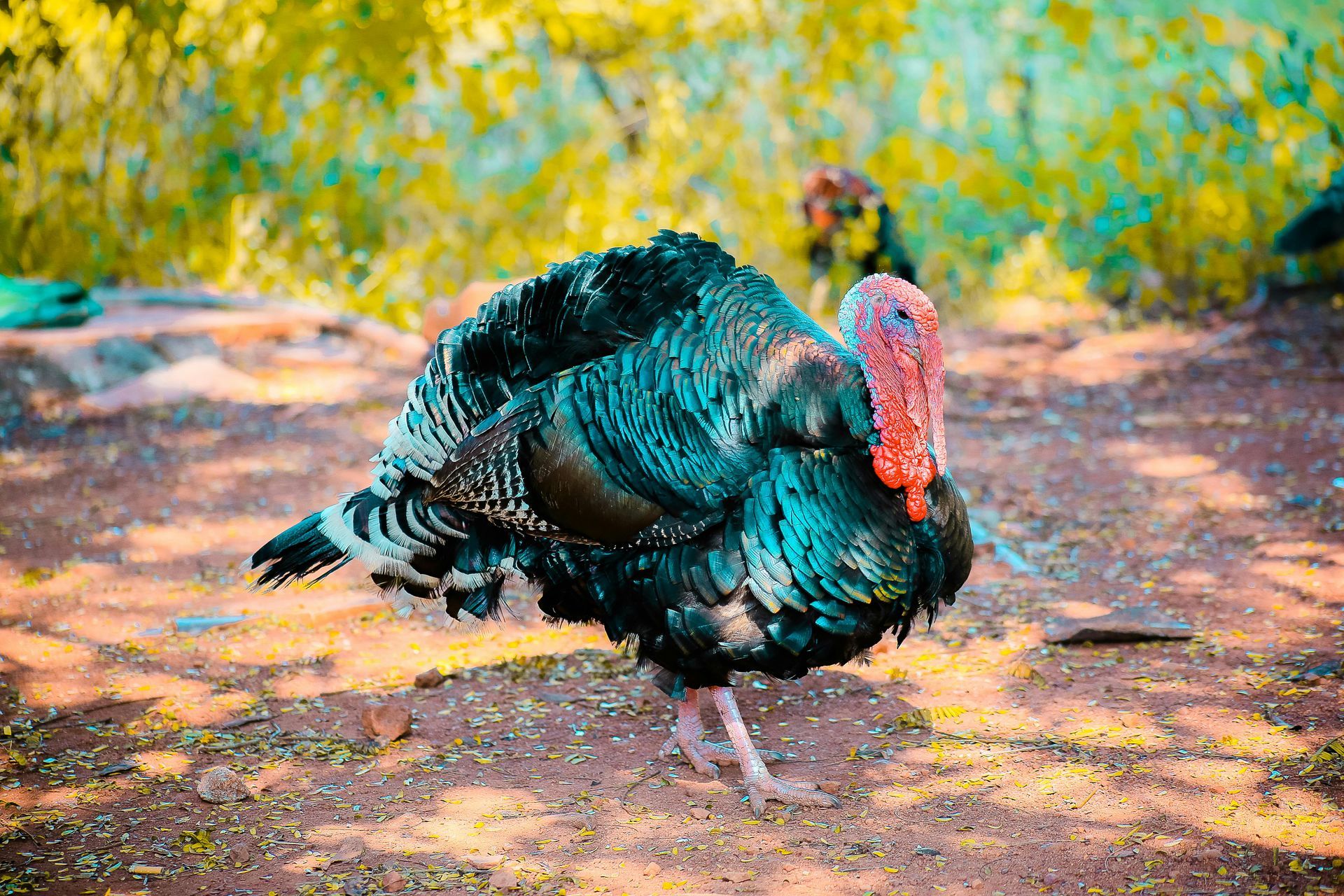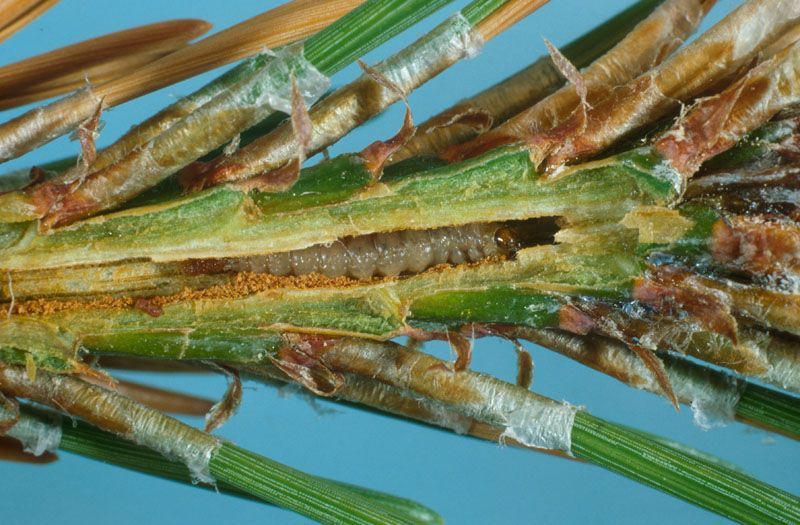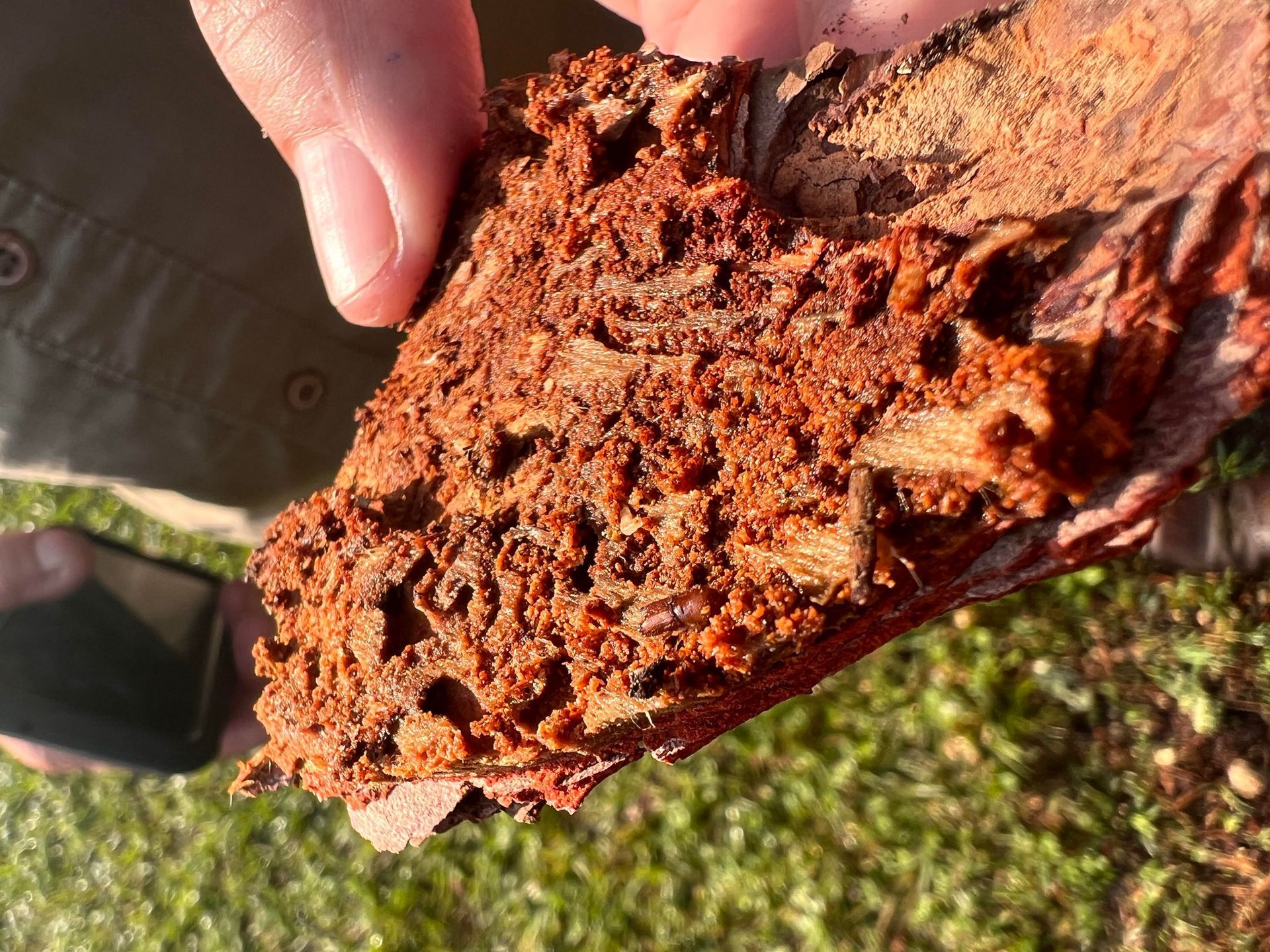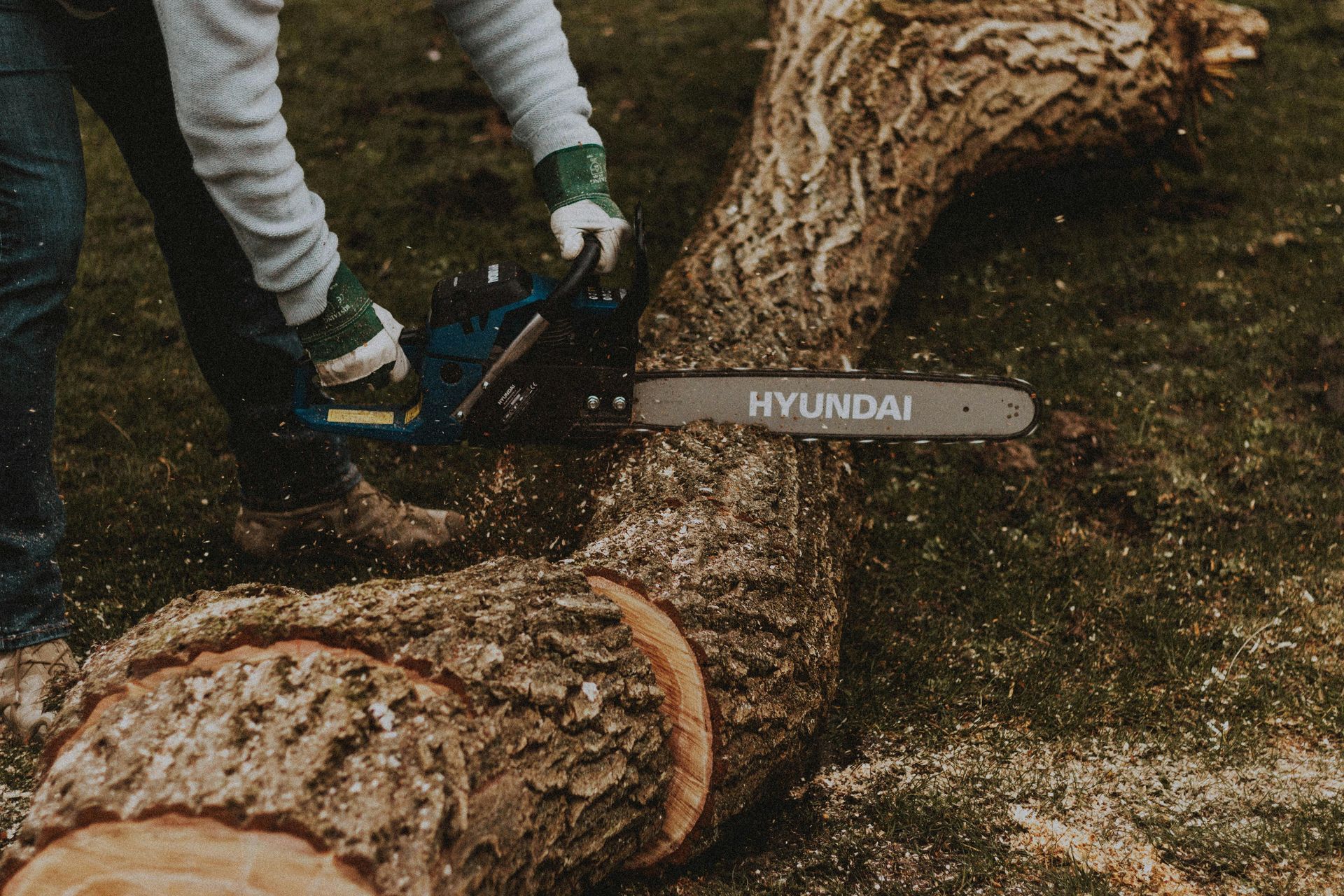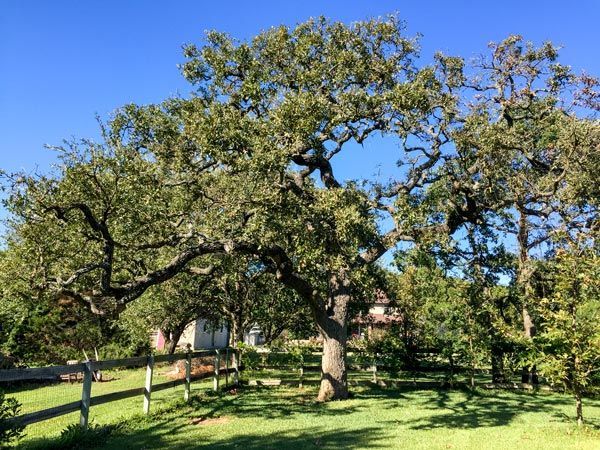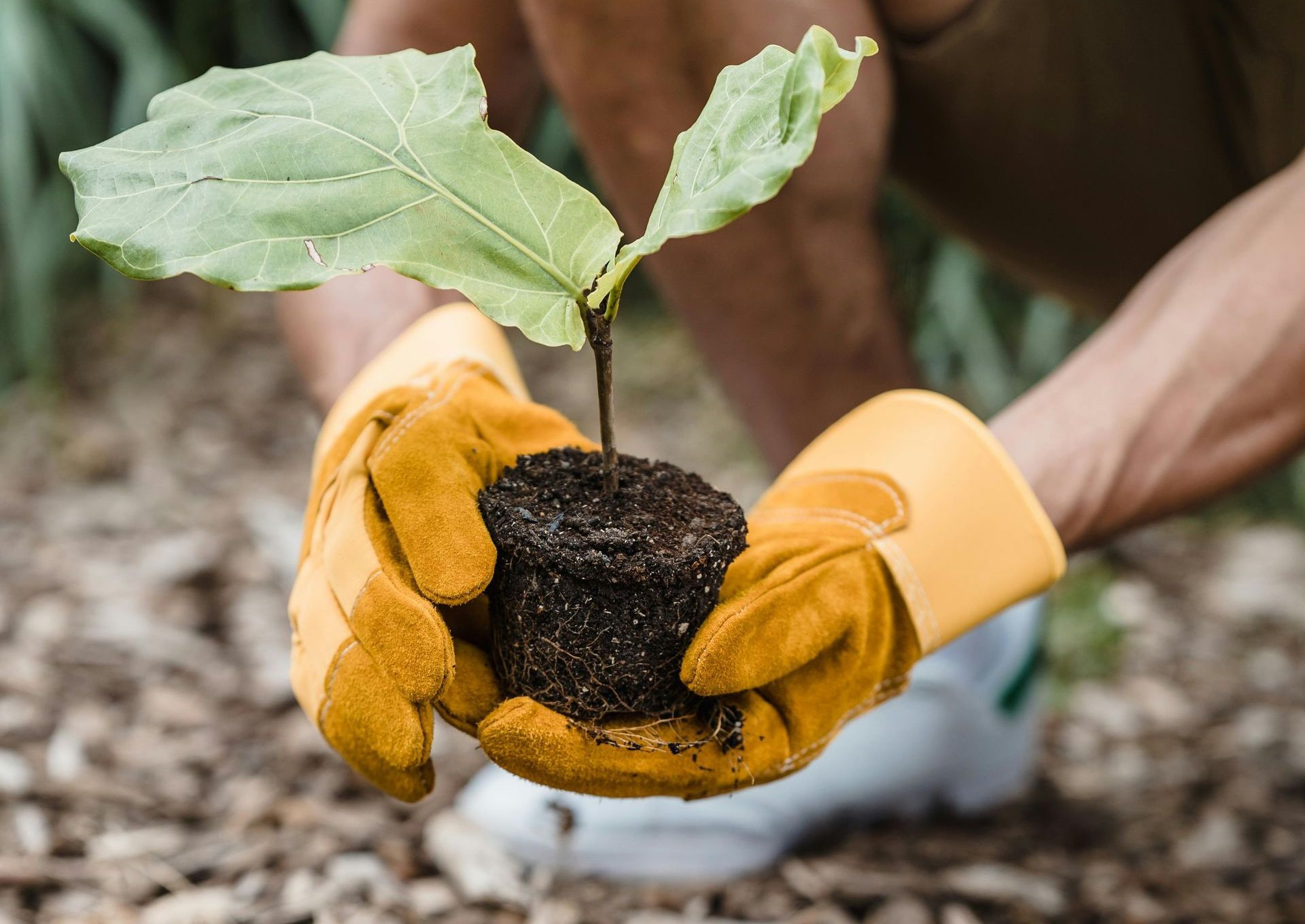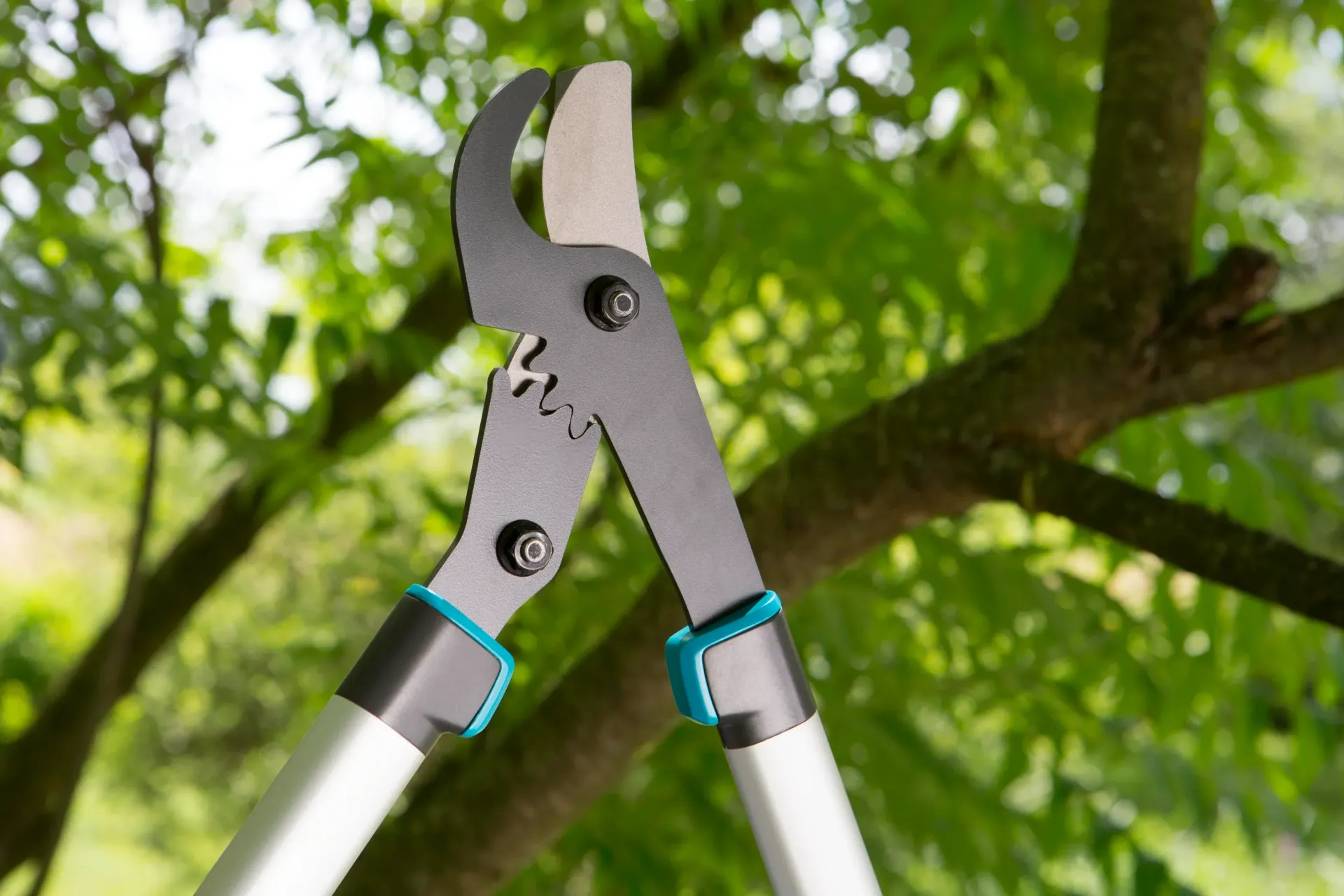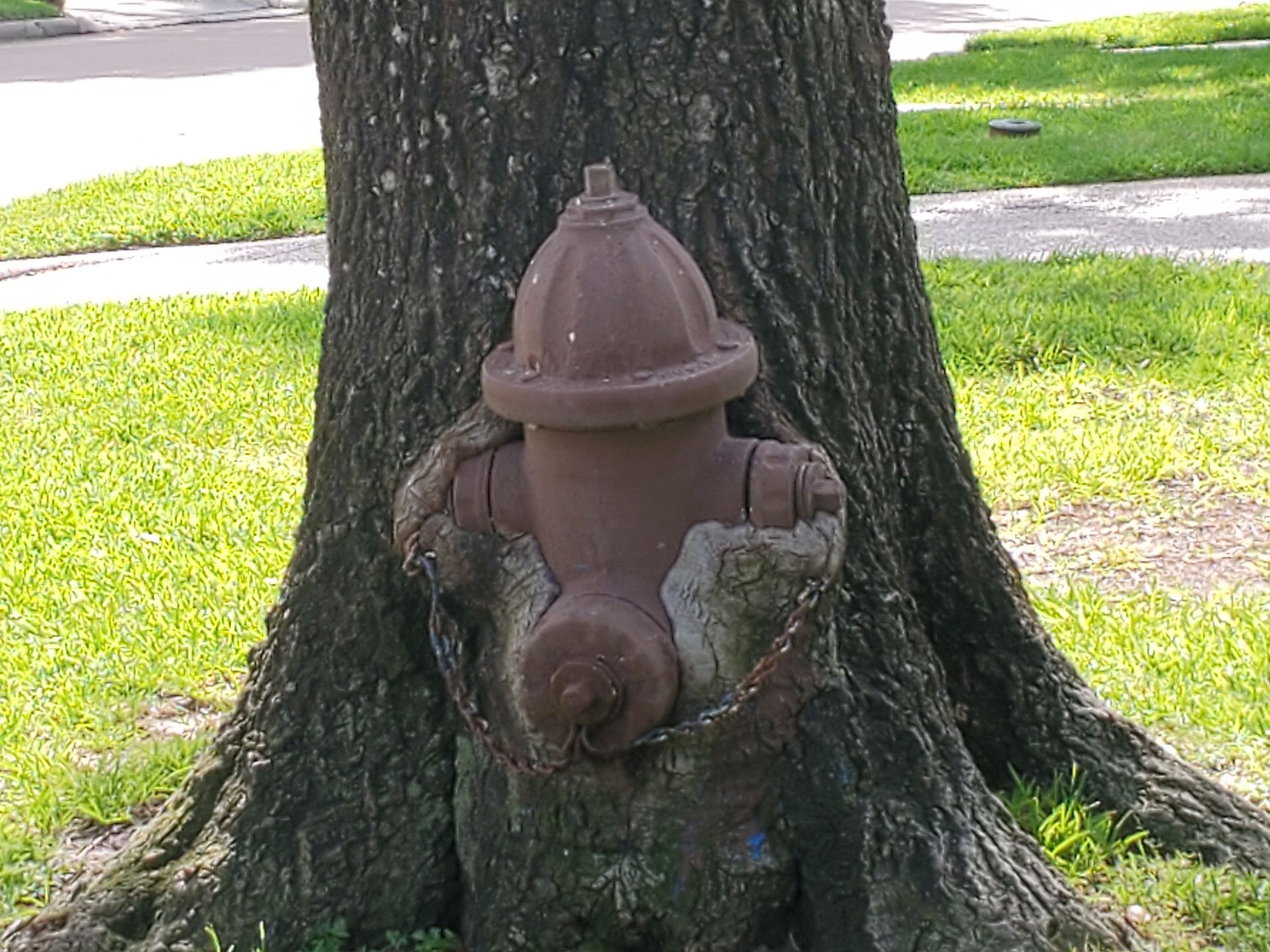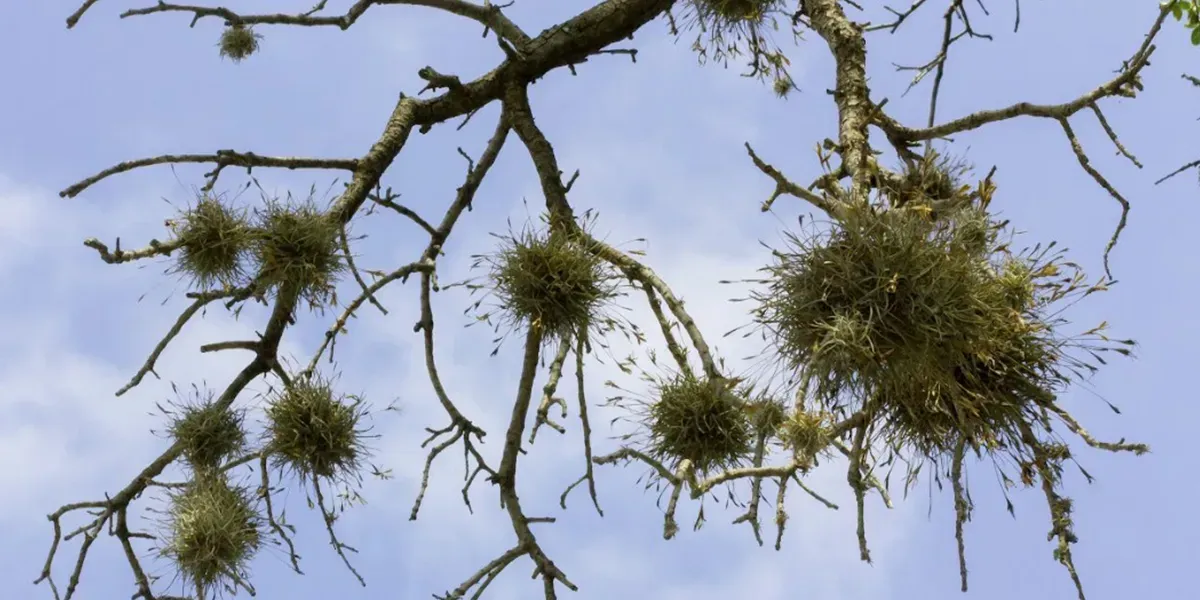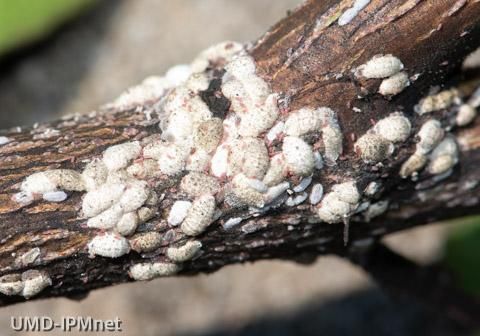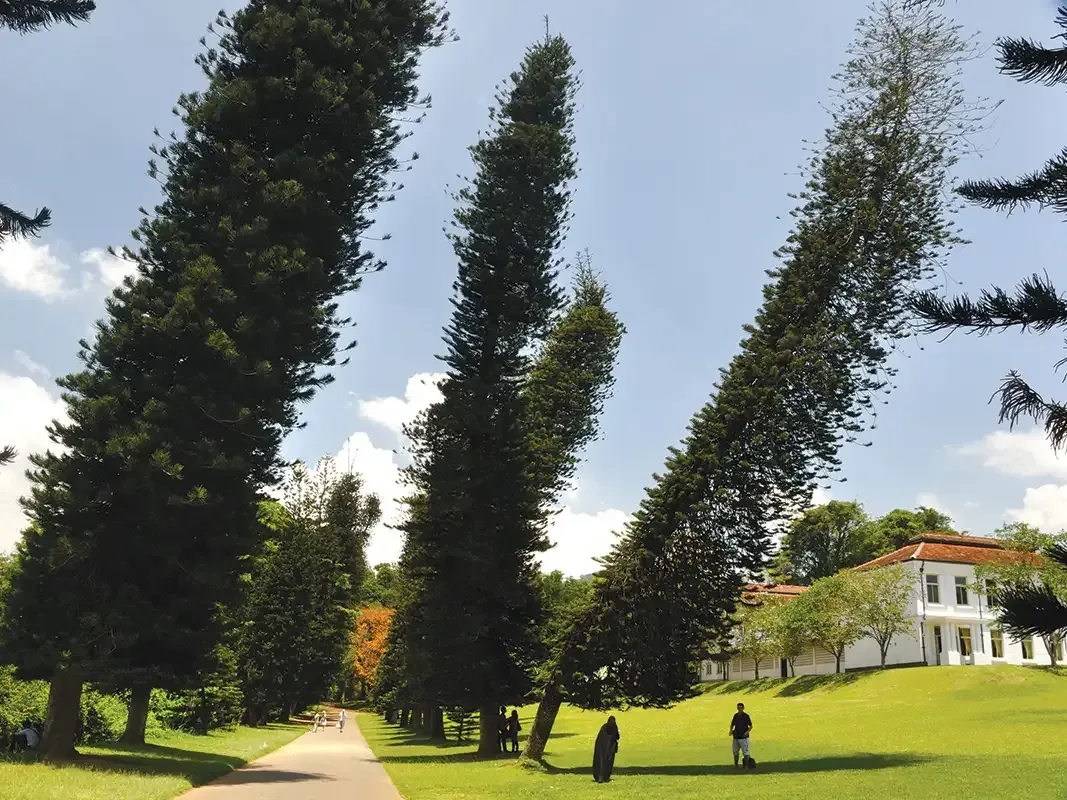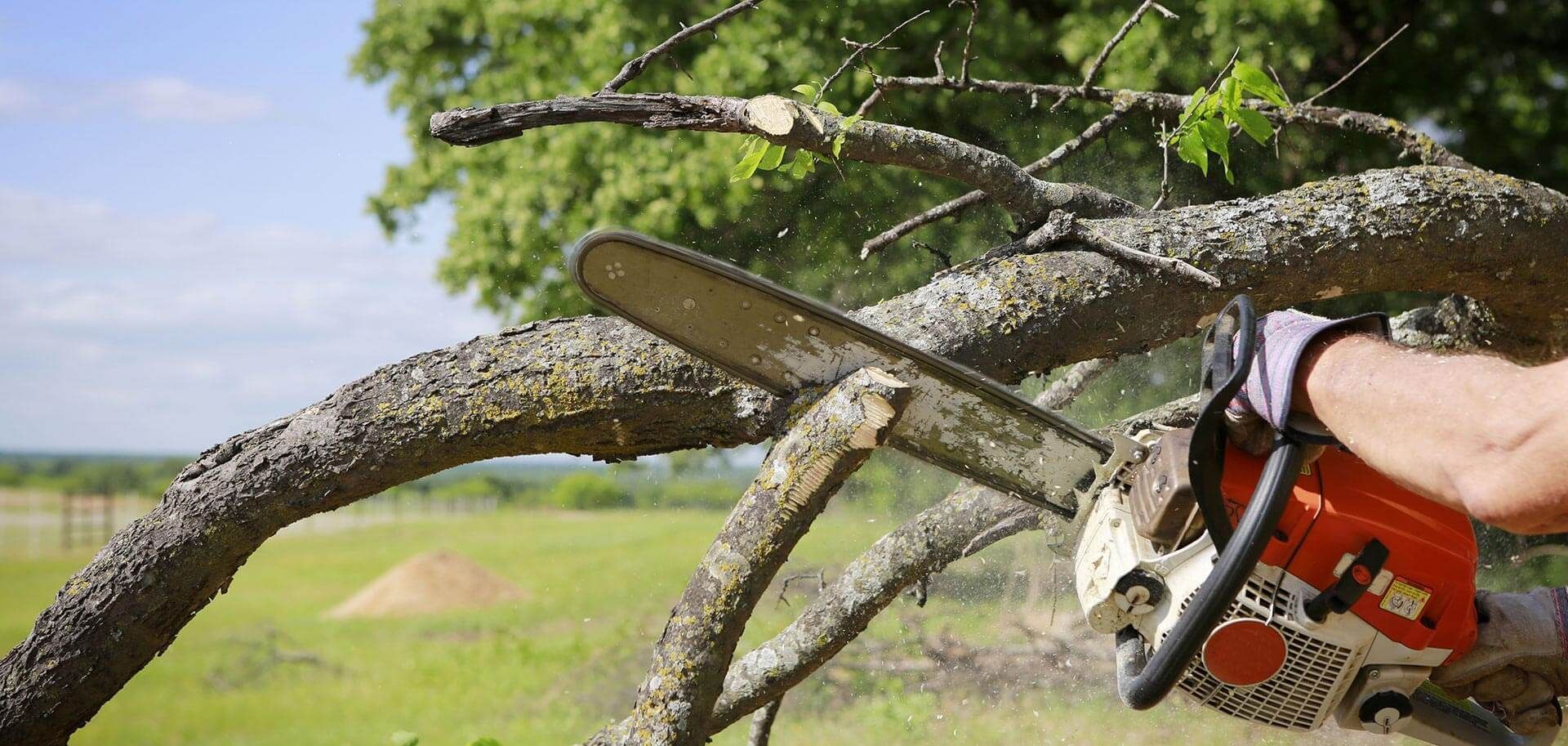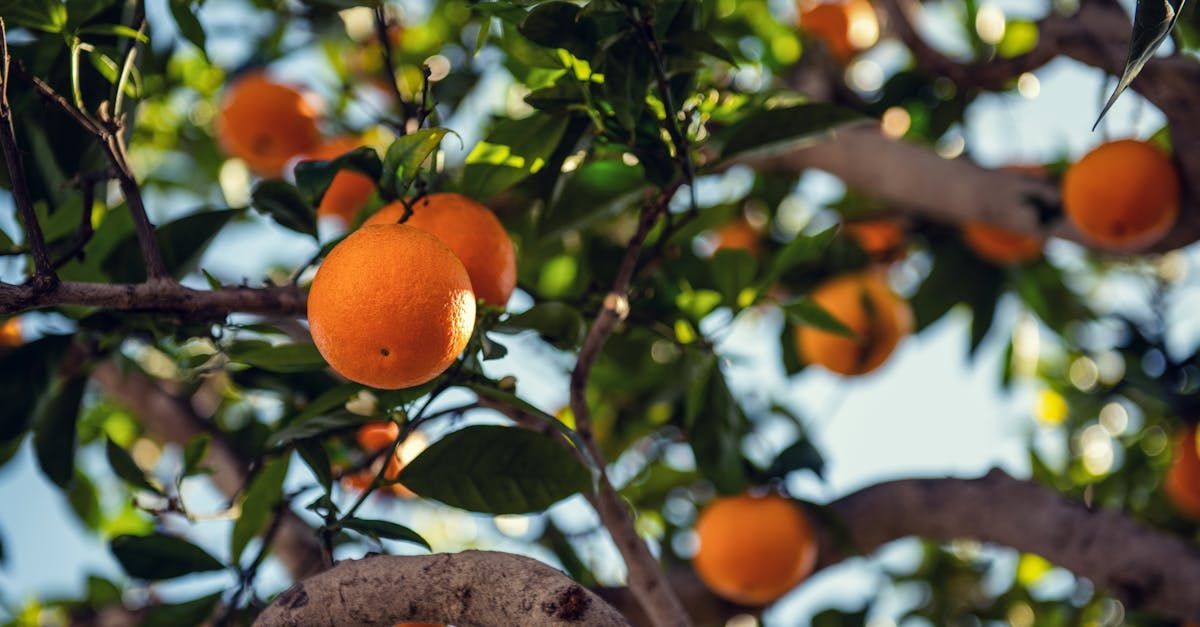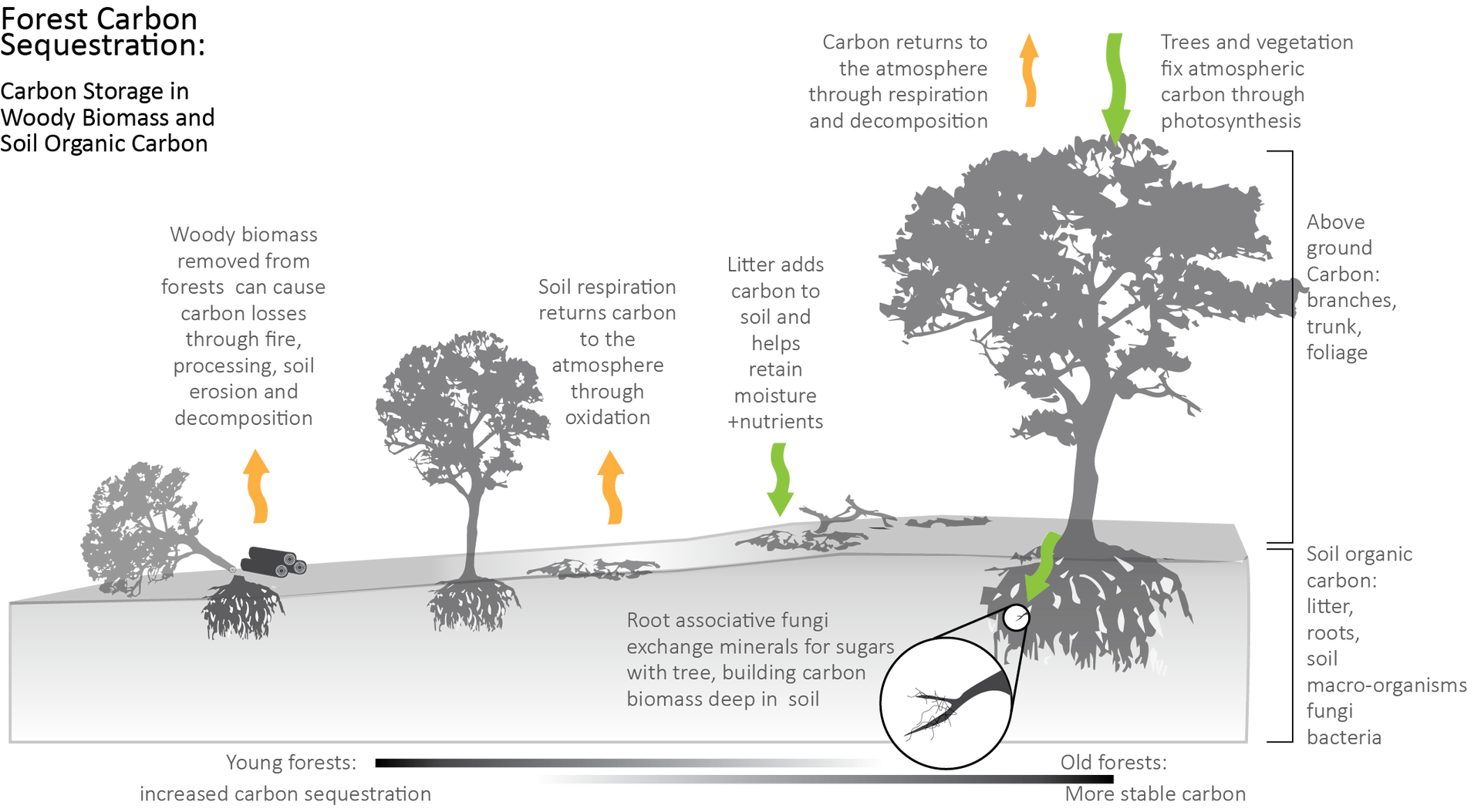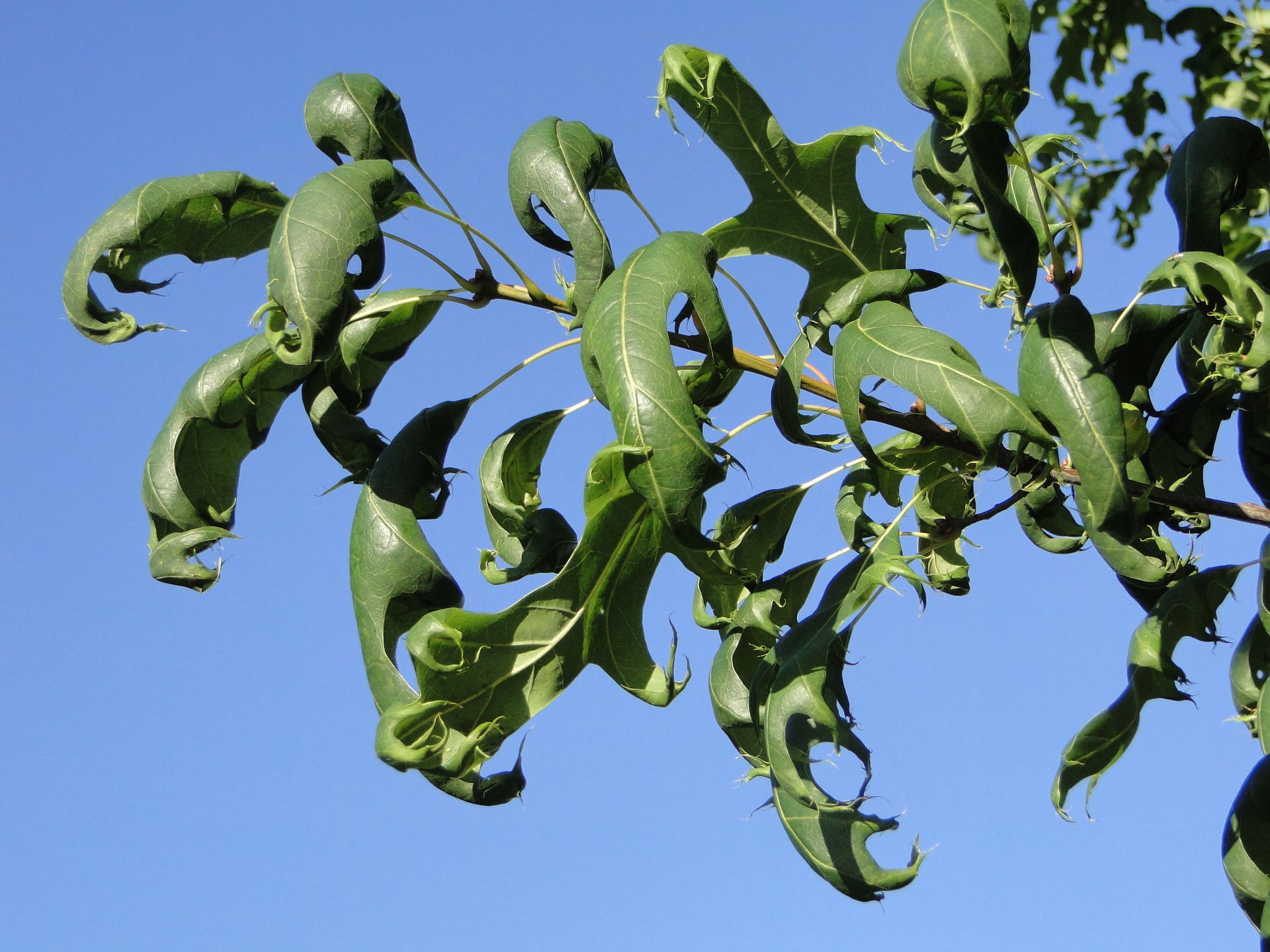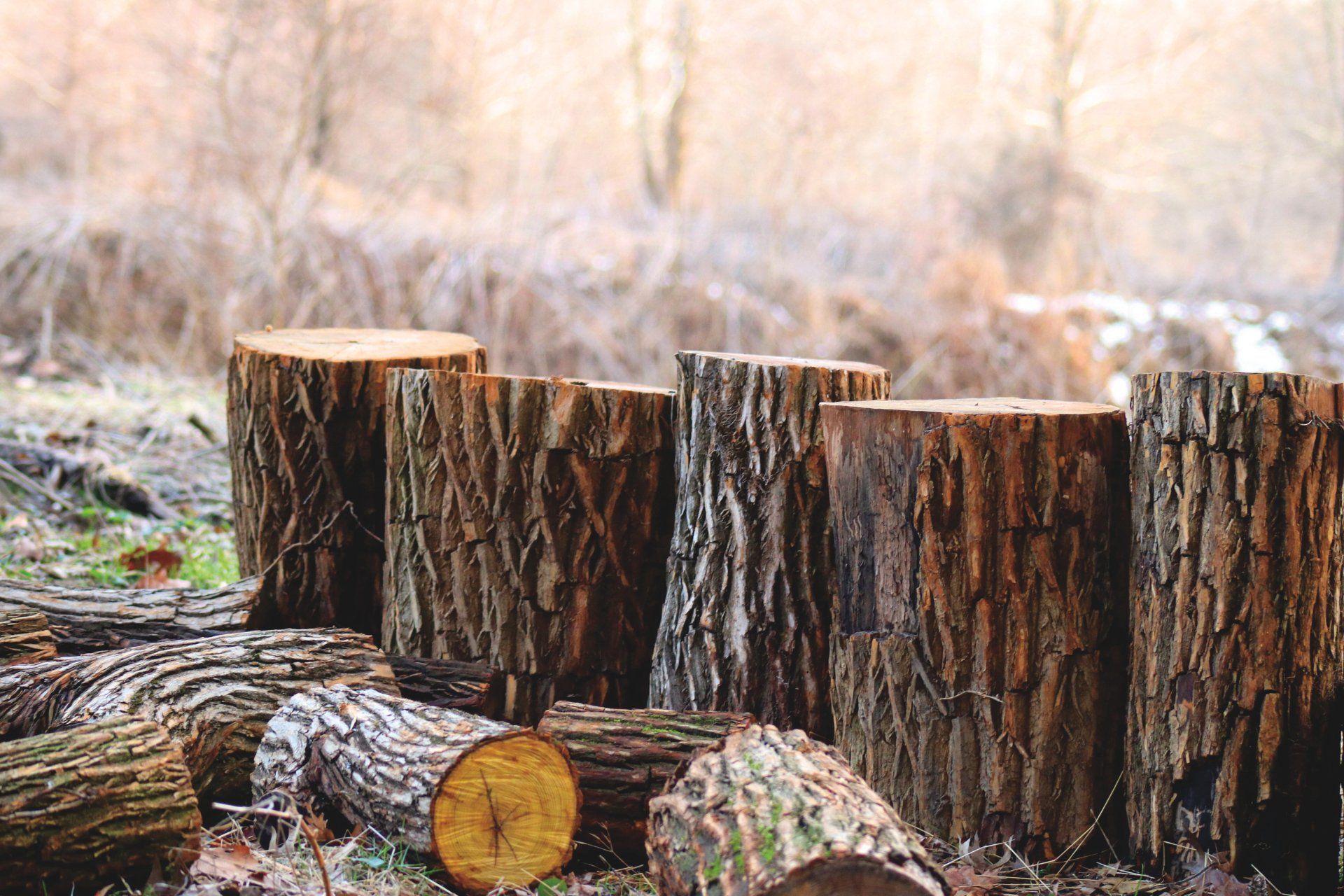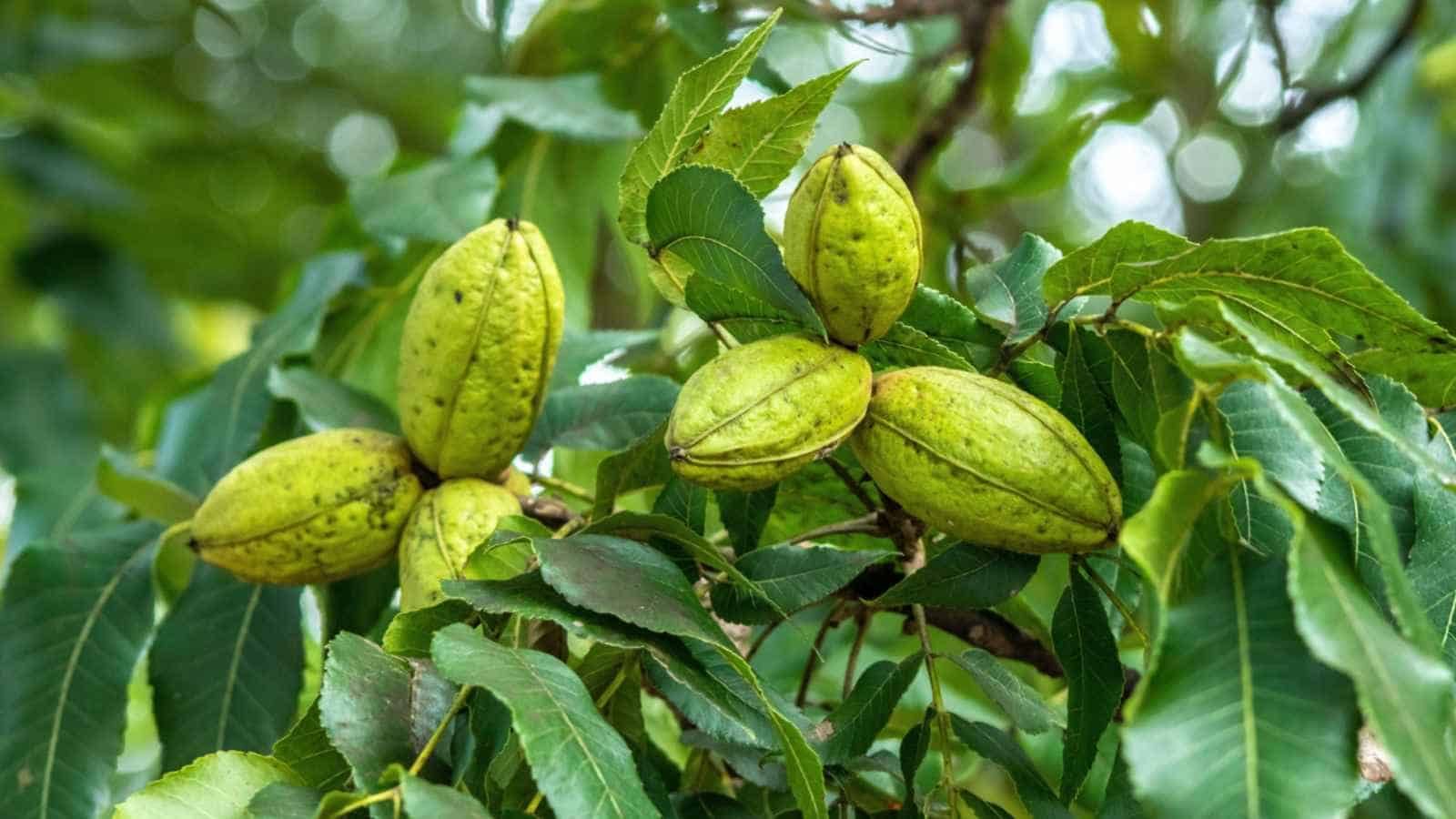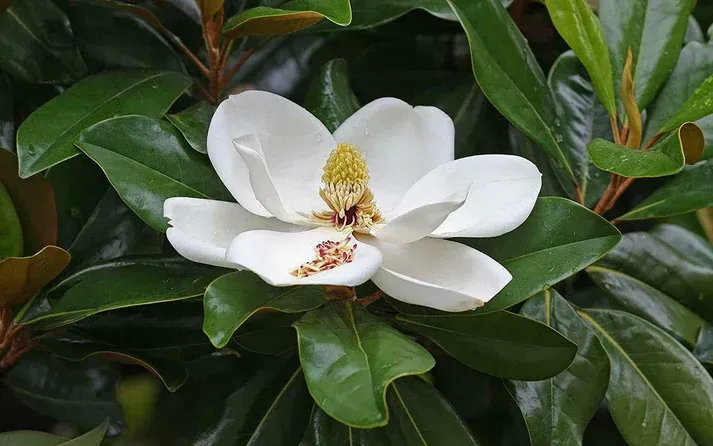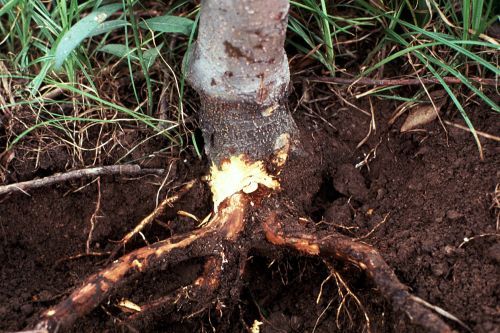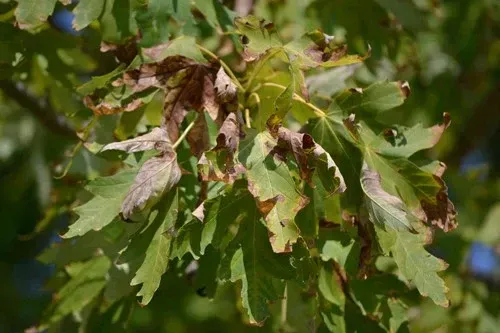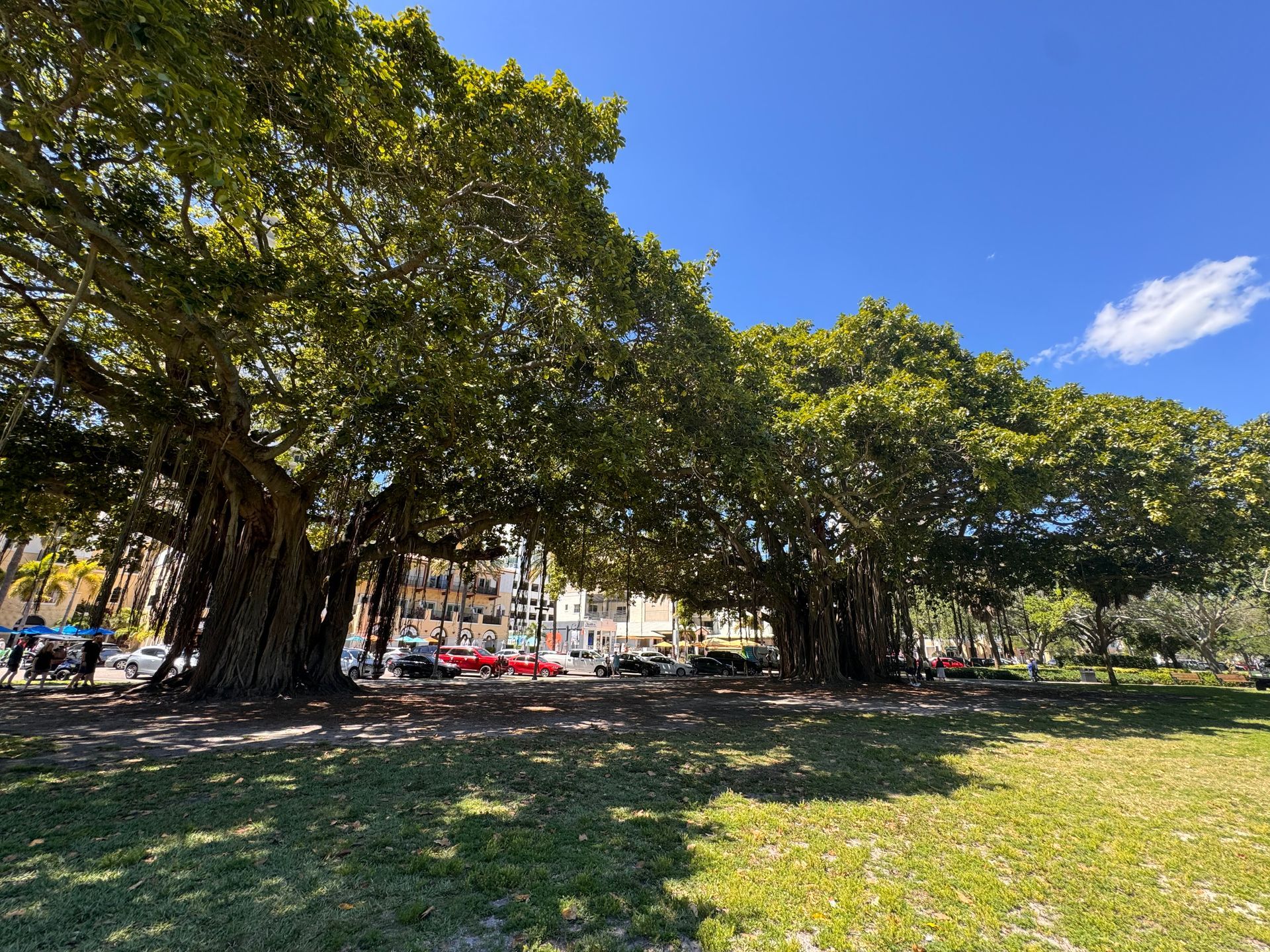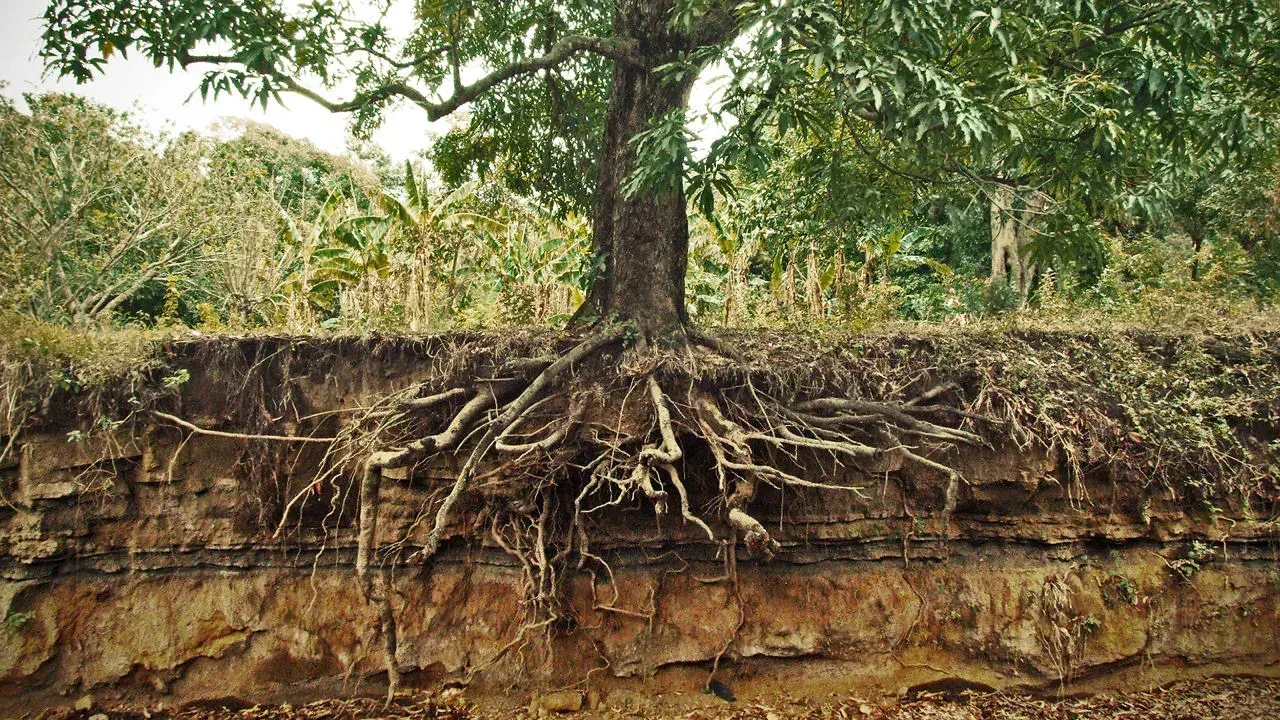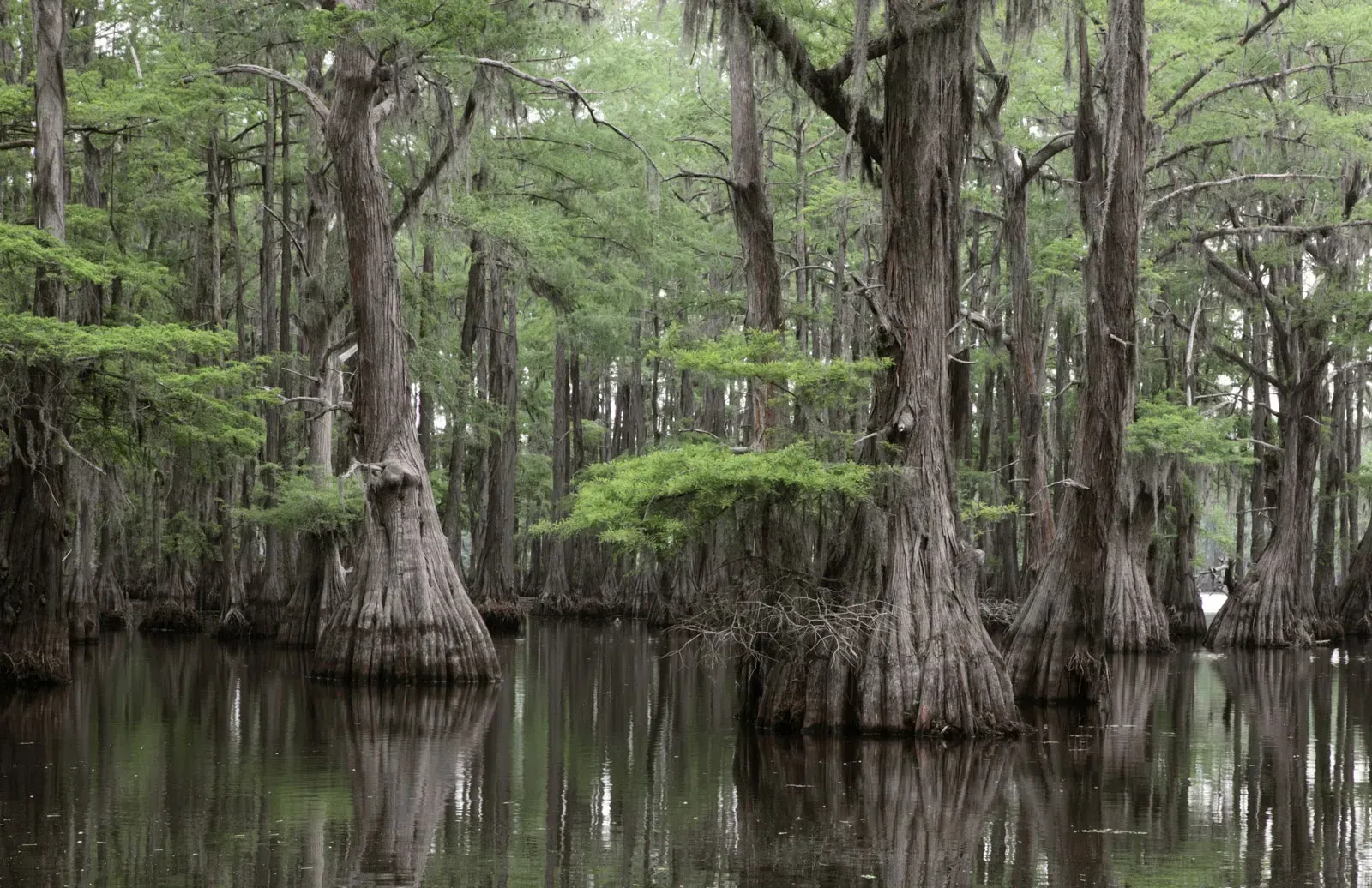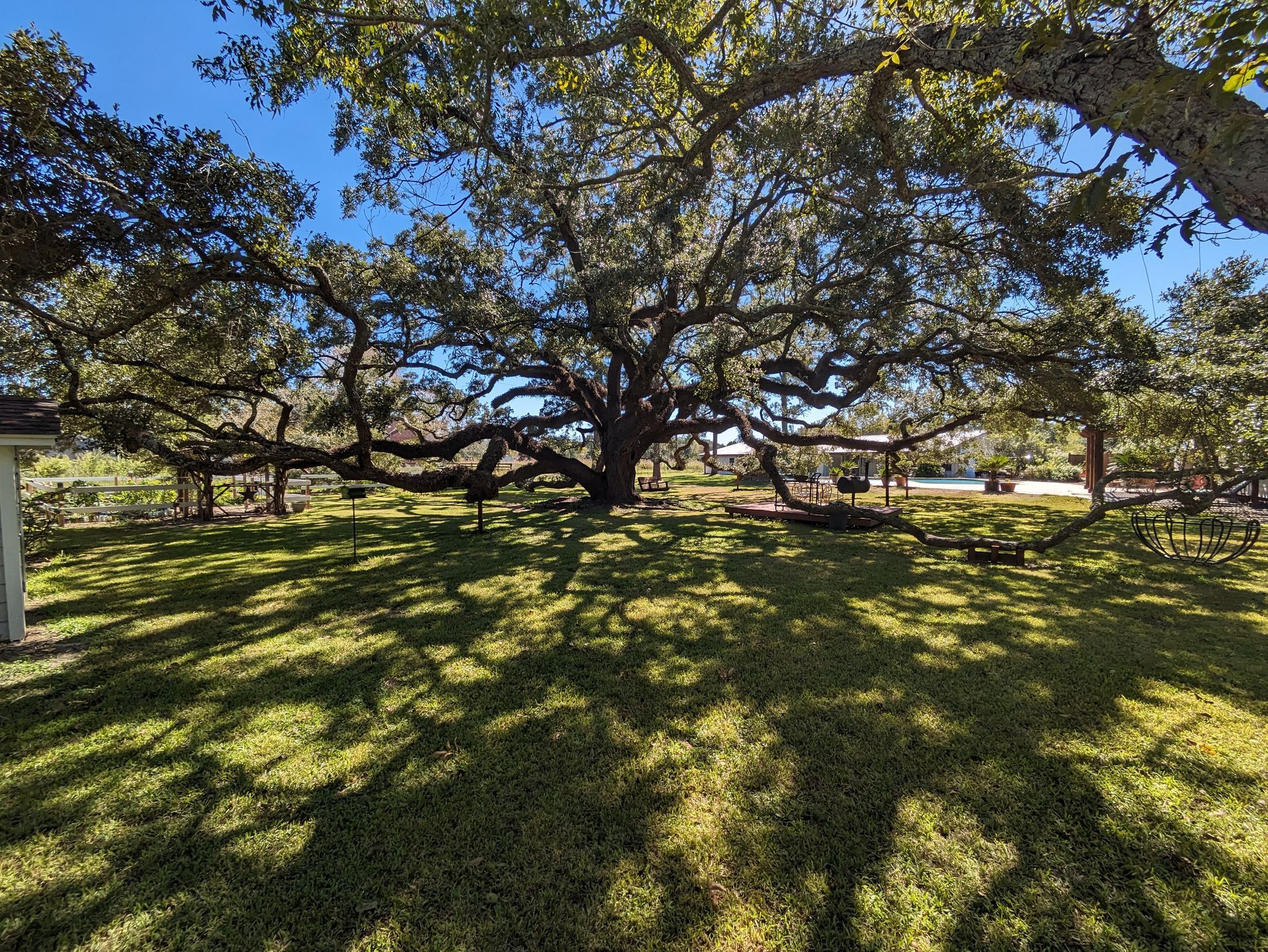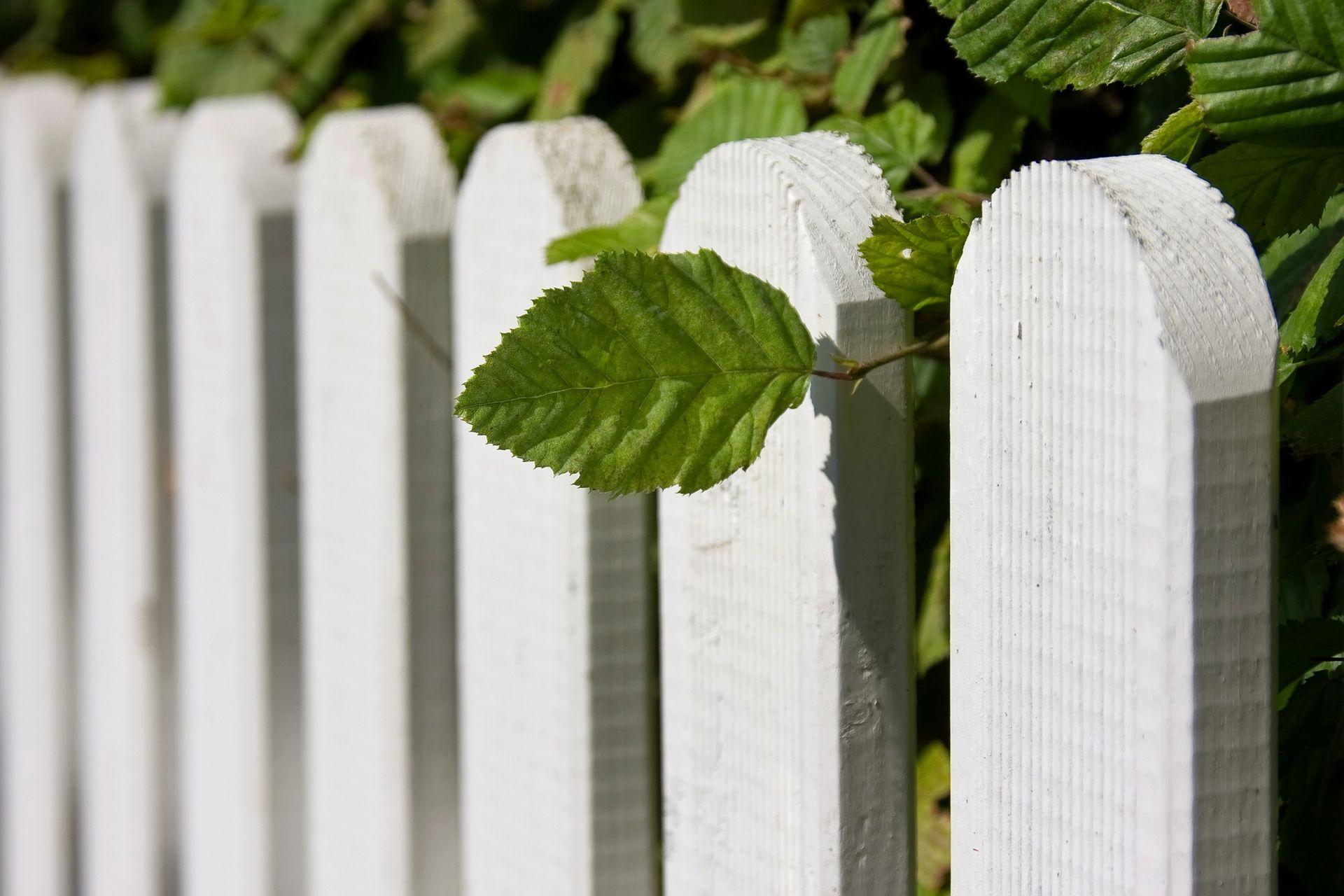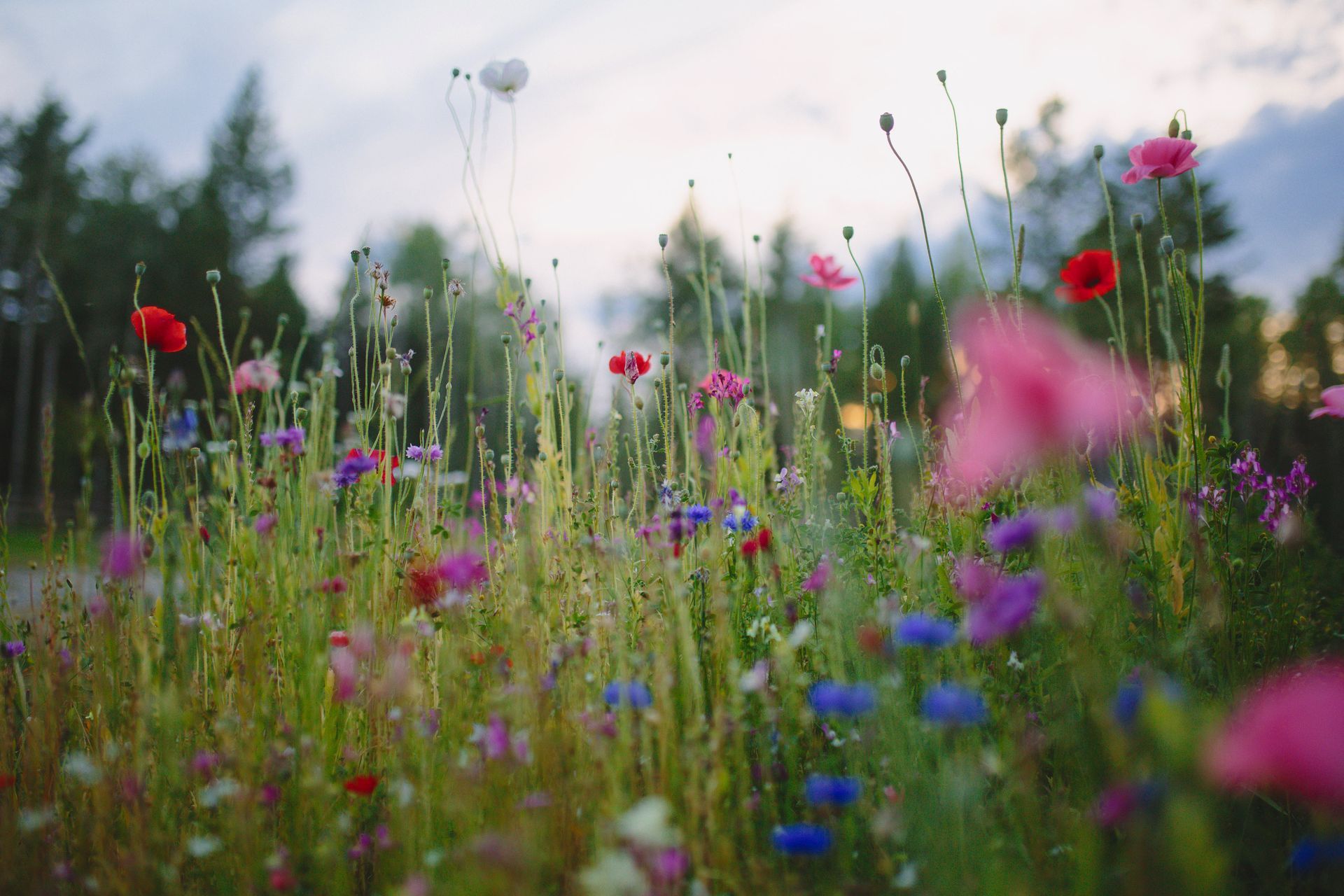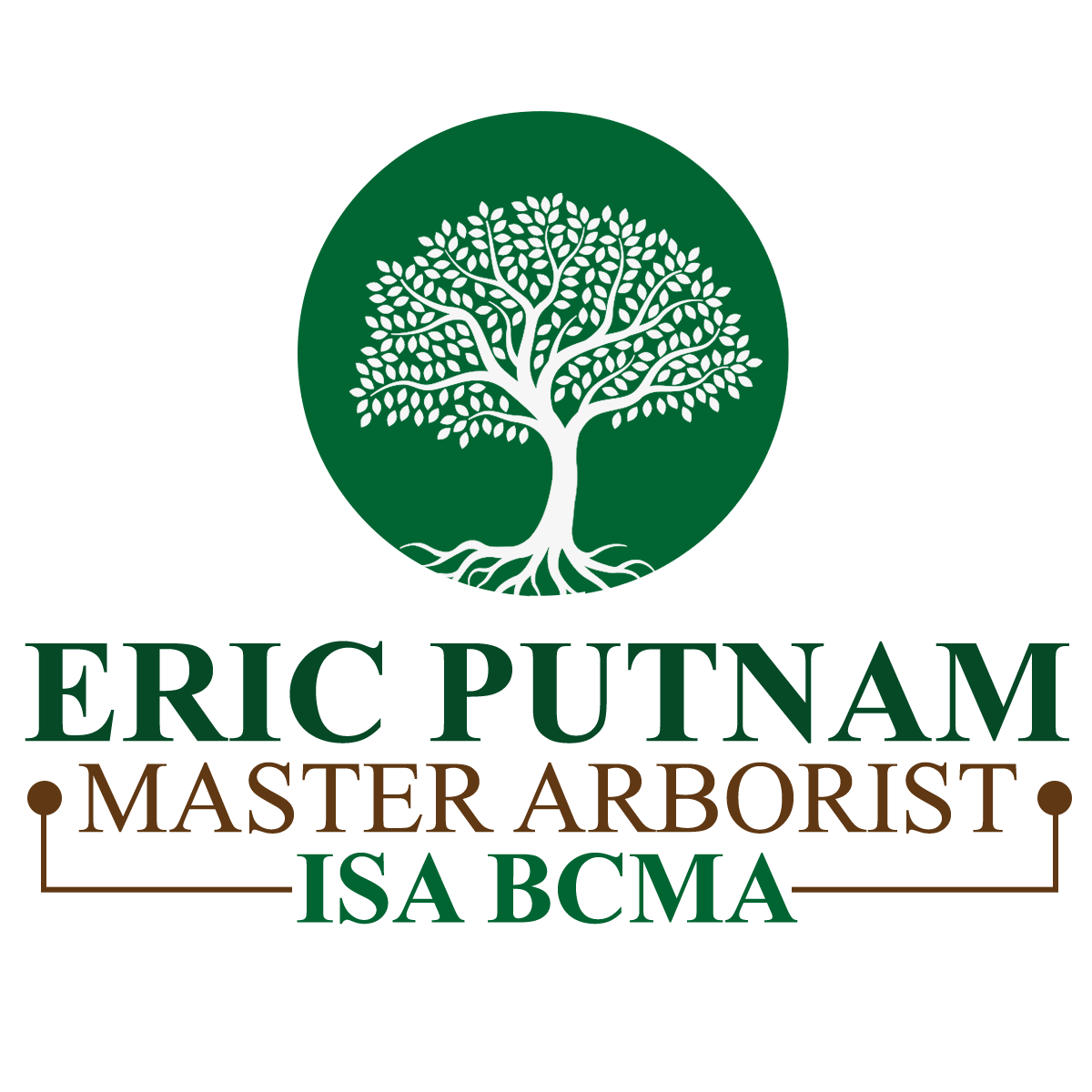Liriope’s Muse: Tree Care Tips from a Master Arborist
TRUSTED TREE CARE SERVICES SINCE 1970
Liriope's Muse - The Resurrection Fern: Nature’s Master of Survival
As an arborist and plant health care specialist, I have spent years studying the resilience of trees and the many organisms that live among them. Few plants, however, have fascinated me as much as the resurrection fern (Pleopeltis polypodioides). This unassuming epiphytic fern possesses one of nature’s most remarkable survival mechanisms—the ability to "die" and then come back to life.
For those of us who work closely with trees and ecosystems, resurrection fern serves as a striking example of the resilience that exists in even the most delicate-looking flora. But what makes this fern so special? And why is it an essential part of the ecosystems in which it thrives?
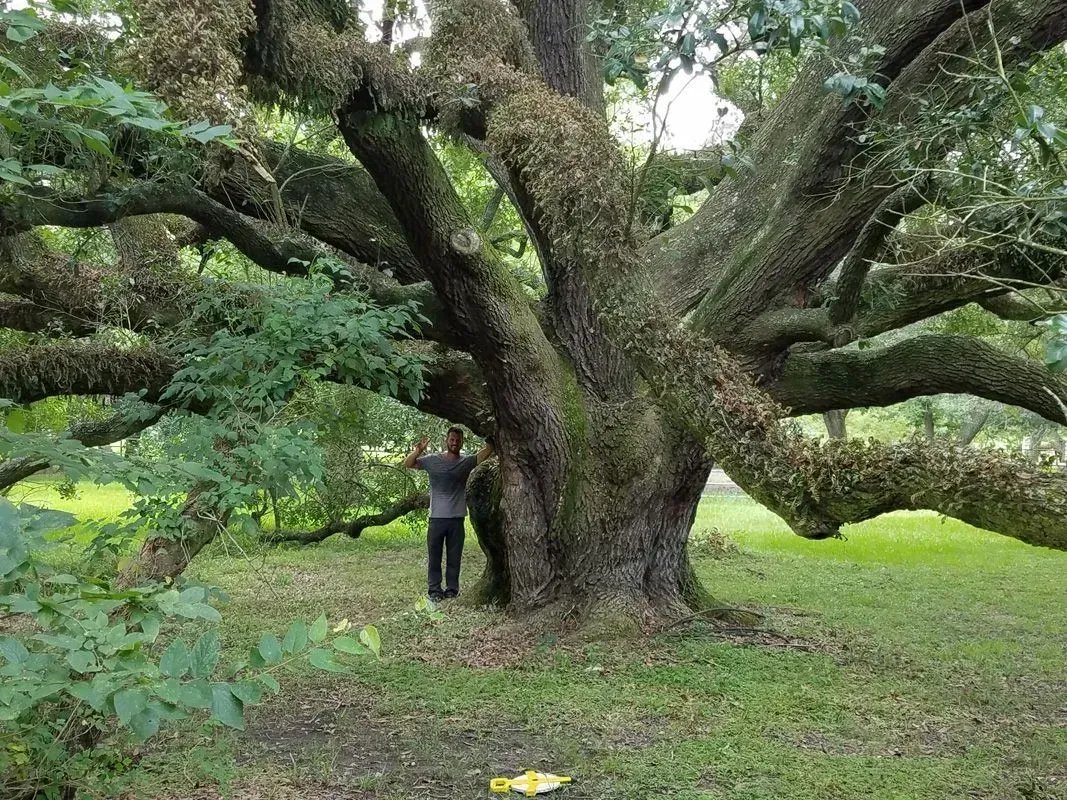
A True Survivor: How Resurrection Fern Withstands Desiccation
Most ferns require a consistently moist environment to survive, but the resurrection fern is in a league of its own. During dry periods, its fronds shrivel, curl up, and appear completely lifeless—turning brown and brittle, as if it had succumbed to drought. However, this is merely a state of dormancy, a sophisticated adaptation known as desiccation tolerance.
This fern can lose up to 97% of its water content without suffering permanent damage. To put that in perspective, most plants would die if they lost more than 10% of their water. Yet, when rain or humidity returns, the fern rehydrates rapidly, unfurling its lush green fronds within hours, seemingly resurrected from the dead.
The Science Behind the Magic
The secret to this plant’s incredible ability lies in its biochemical adaptations. Researchers have discovered that resurrection ferns produce protective proteins and sugars, such as trehalose, which stabilize their cell structures when dehydrated. These molecules prevent critical cellular damage, allowing the fern to spring back to life when water becomes available again.
Additionally, recent studies suggest that resurrection ferns may use protective antioxidants to minimize oxidative stress while in their desiccated state. This means that even after prolonged dehydration, their tissues remain intact, avoiding the decay or cellular breakdown that would normally occur in other plants.
Where to Find Resurrection Fern
Resurrection fern is an epiphytic plant, meaning it does not root in soil but instead grows on the surfaces of trees, rocks, and even fences. It thrives in the southeastern United States, particularly in oak-hickory forests, cypress swamps, and along riverbanks, where moisture is often abundant but periodic droughts still occur.
If you take a closer look at the limbs of a large live oak (Quercus virginiana), you’re likely to find resurrection ferns clinging to the bark. These ferns are not parasitic; they do not take nutrients from the trees they grow on. Instead, they gather water and nutrients from the air and rain, making them harmless cohabitants of their host trees.
Ecological Significance
While resurrection fern might seem like an ornamental curiosity, it plays an important role in its ecosystem:
- Microhabitat Provider – The fern creates a moist, shaded environment that supports a variety of small insects, fungi, and even tiny invertebrates.
- Air Quality Indicator – Because epiphytes absorb water and nutrients directly from the air, the presence (or absence) of healthy resurrection fern populations can be an indicator of air pollution levels.
- Soil and Moisture Regulation – In dense fern communities, these plants can help slow down water evaporation, slightly modifying the local microclimate.
A Lesson in Resilience
For arborists, horticulturists, and anyone who appreciates the wonders of plant adaptation, resurrection fern is a reminder of nature’s incredible ability to endure and recover. Whether you encounter it during a rainstorm in its verdant glory or in the heat of summer as a crumpled brown mass, this plant is a symbol of patience and resilience.
In a time when climate change and urban development threaten natural ecosystems, perhaps we can take a lesson from the resurrection fern—learning to adapt, conserve, and persist, even in the harshest conditions.
So, next time you're walking through an old oak grove or exploring a humid southern forest, take a moment to look for resurrection fern. And if you’re lucky enough to witness one “coming back to life” after a rain, consider yourself a witness to one of nature’s small but extraordinary miracles.
Liriope’s Muse - Expert Tree Care Tips
